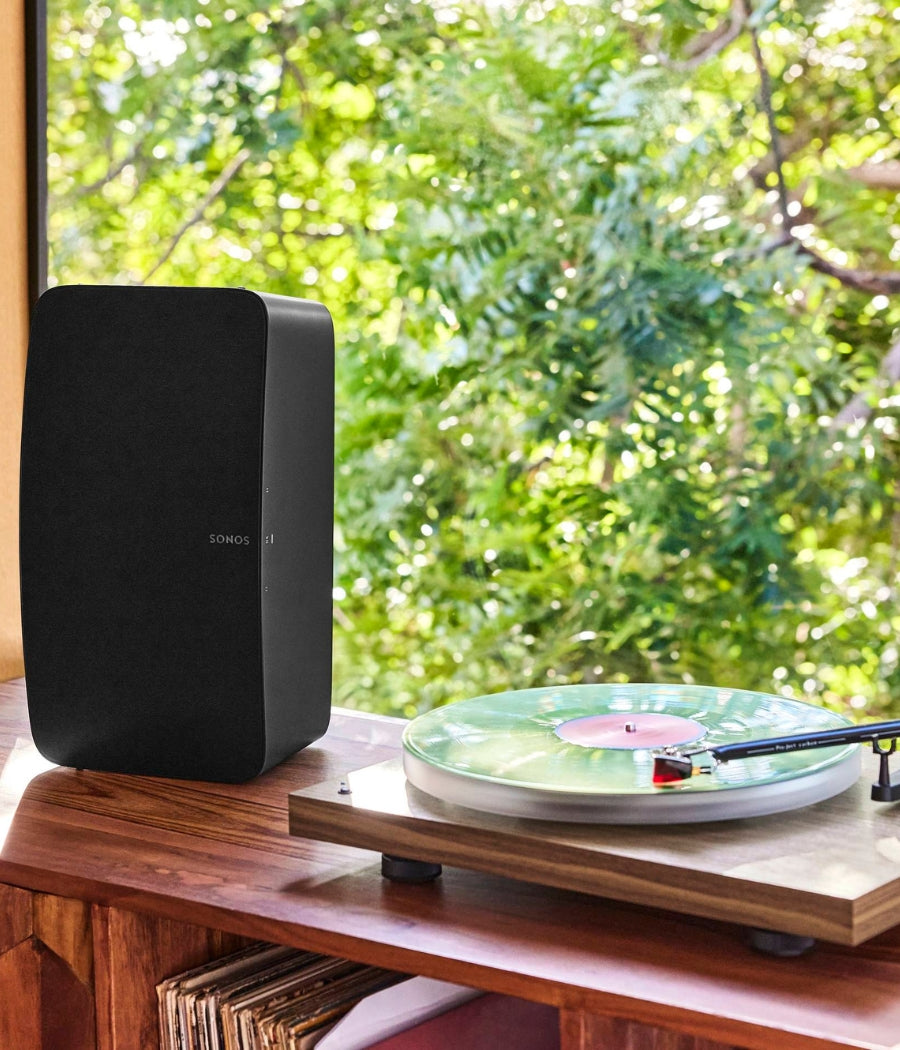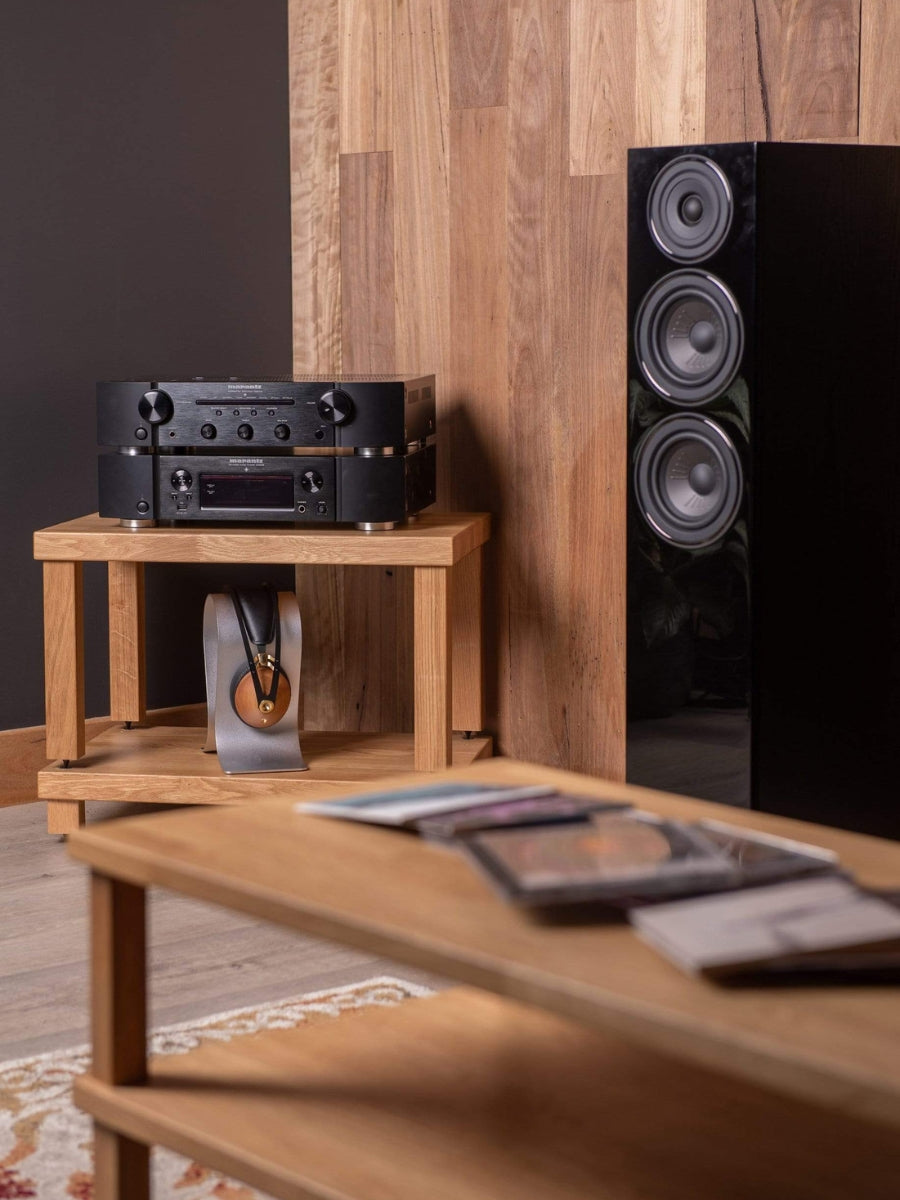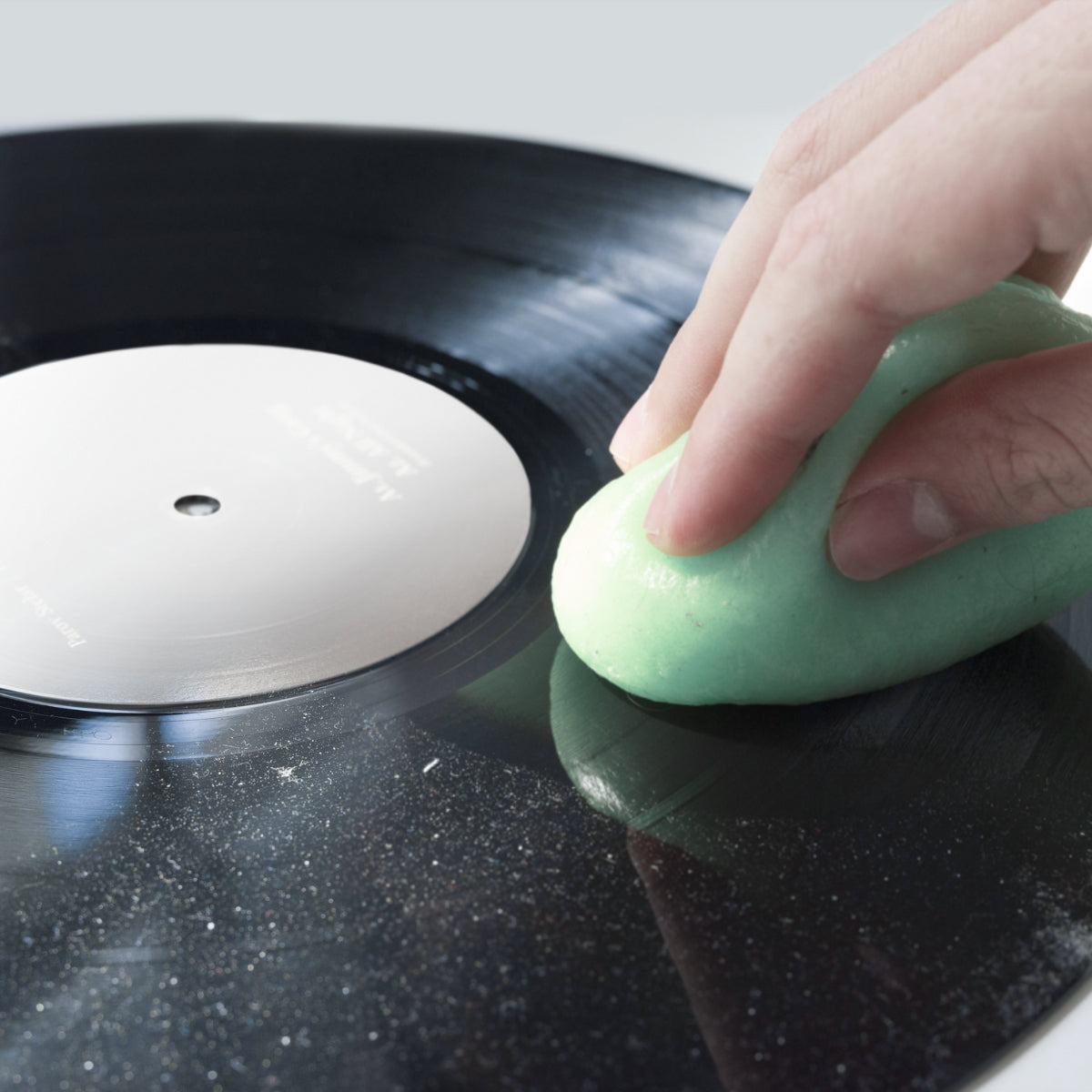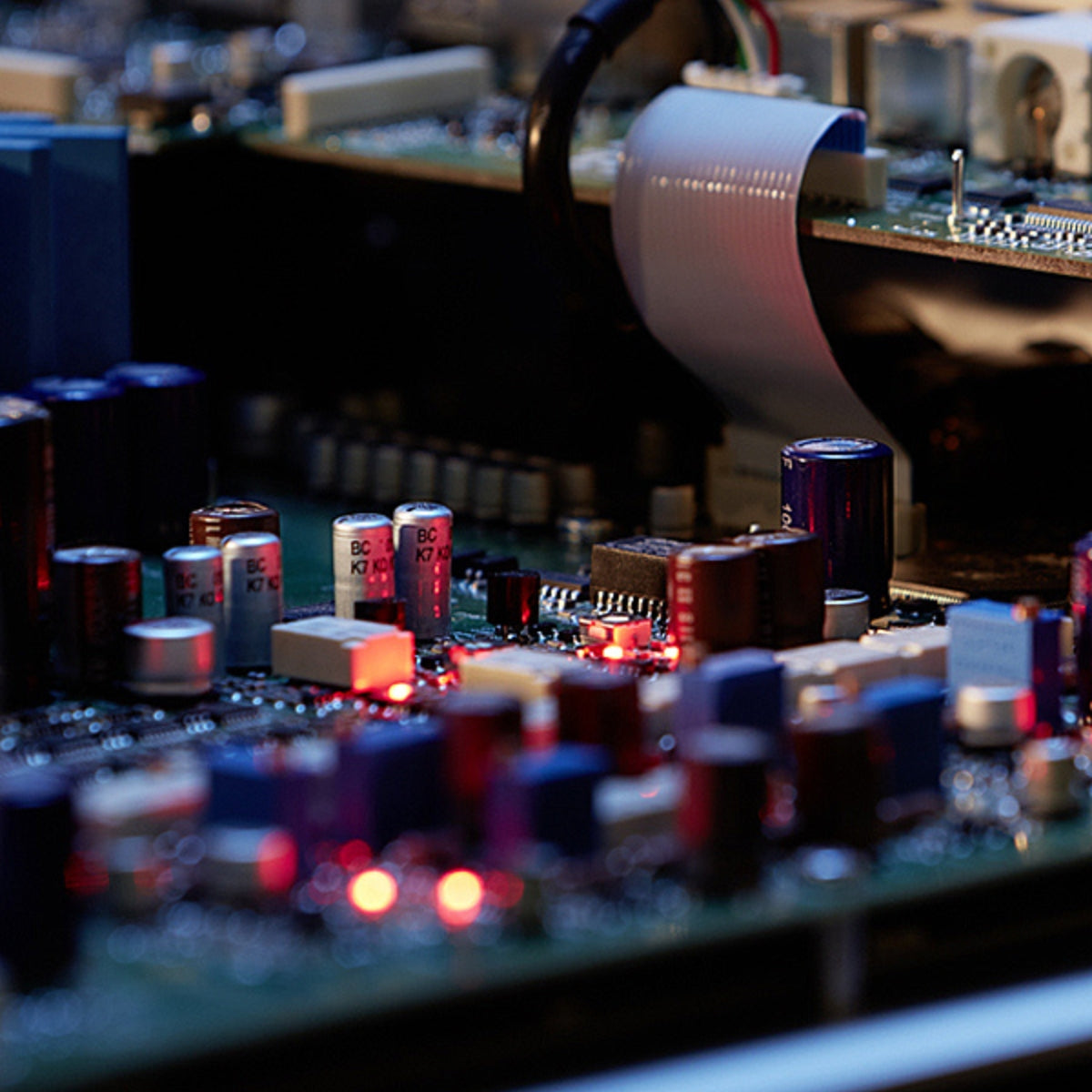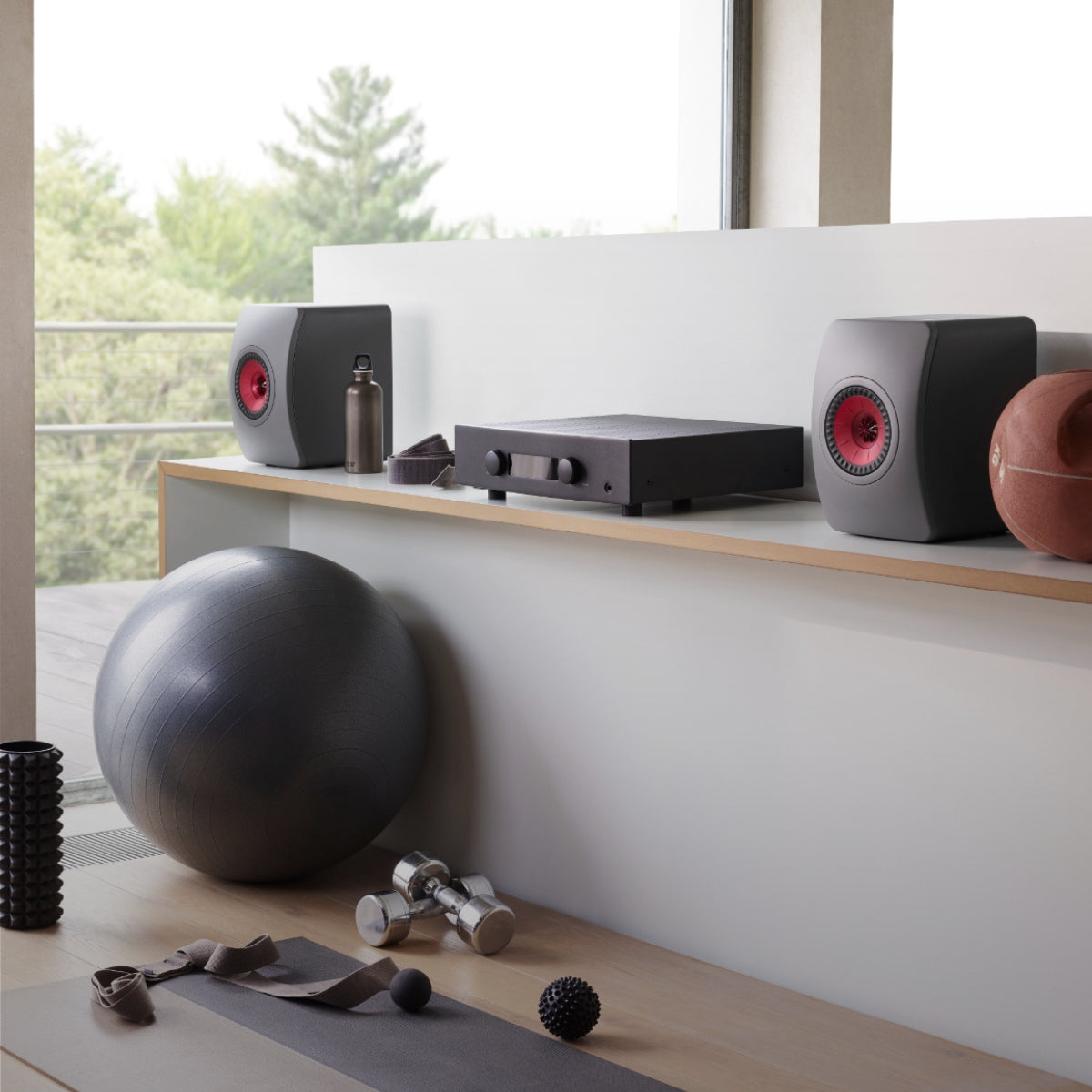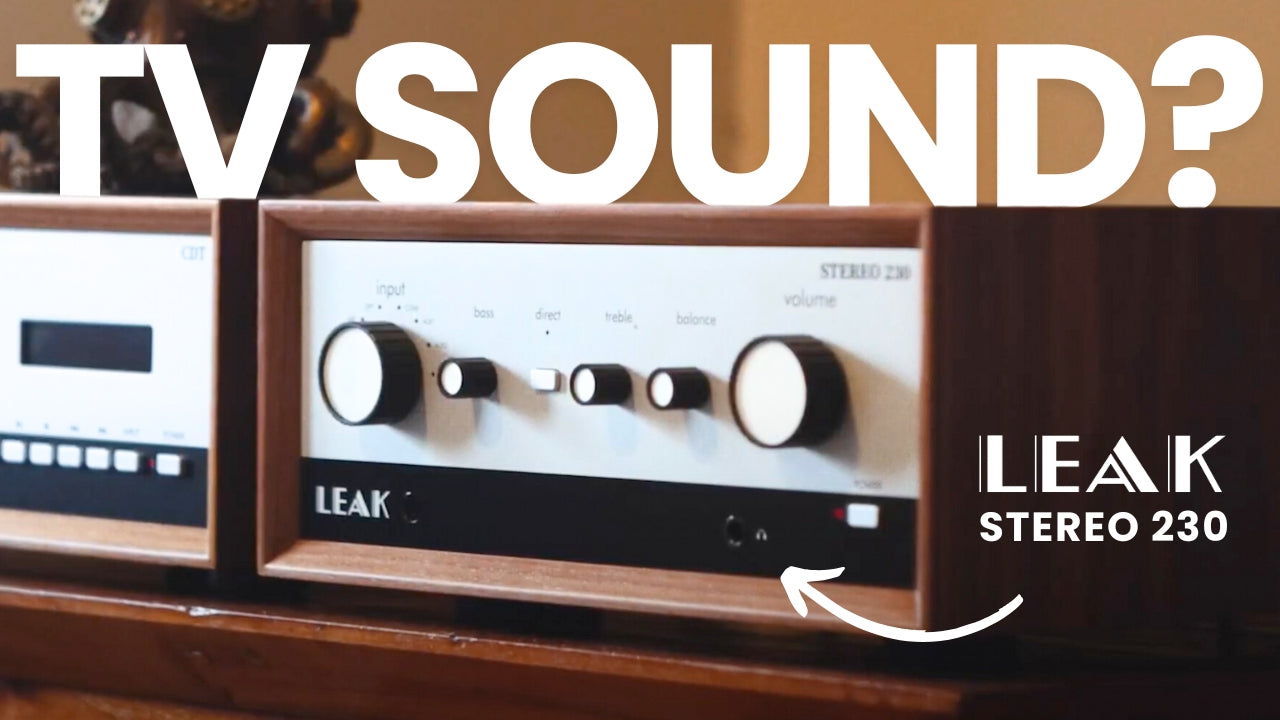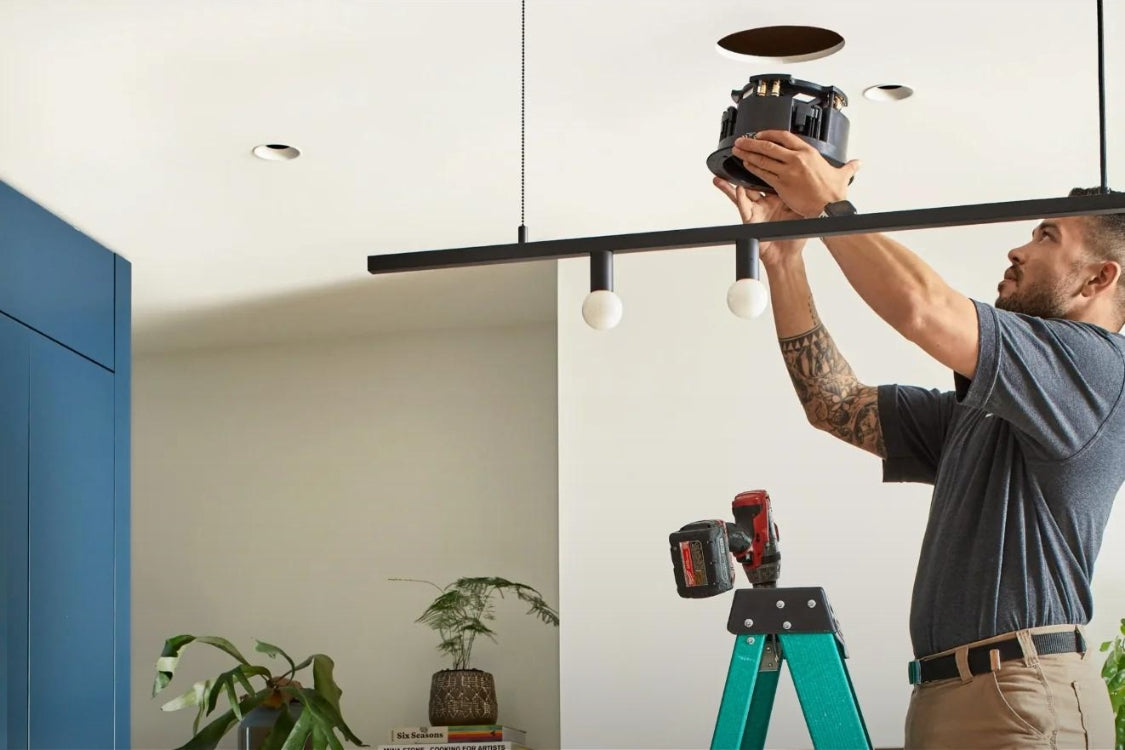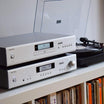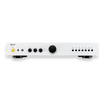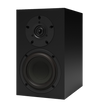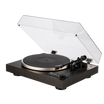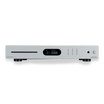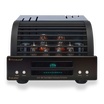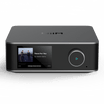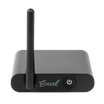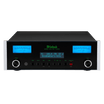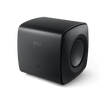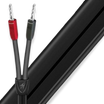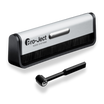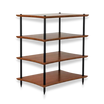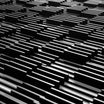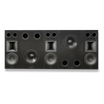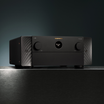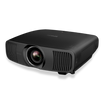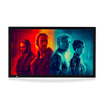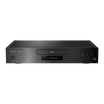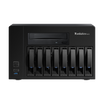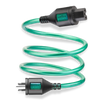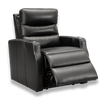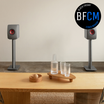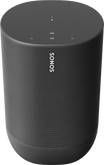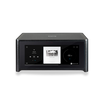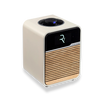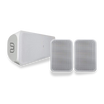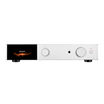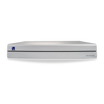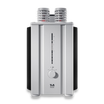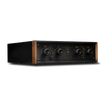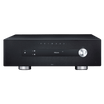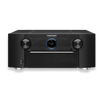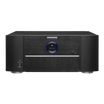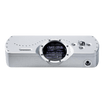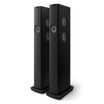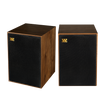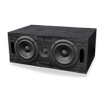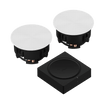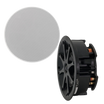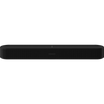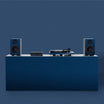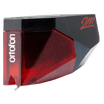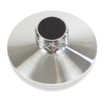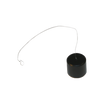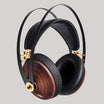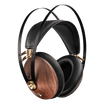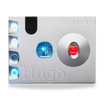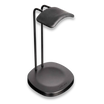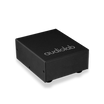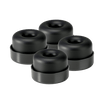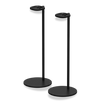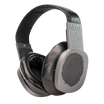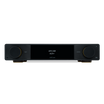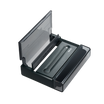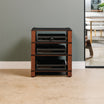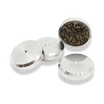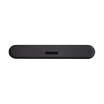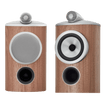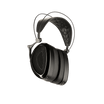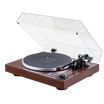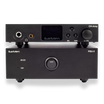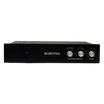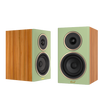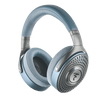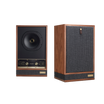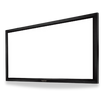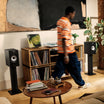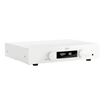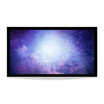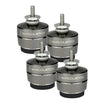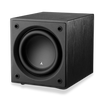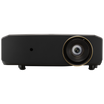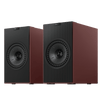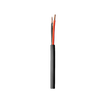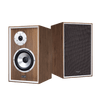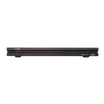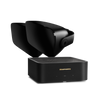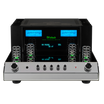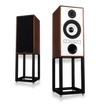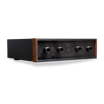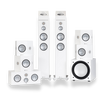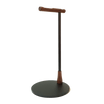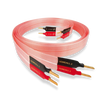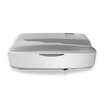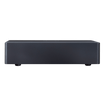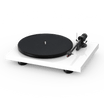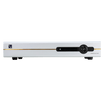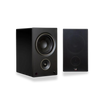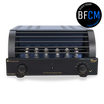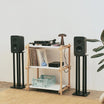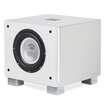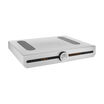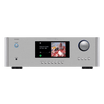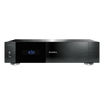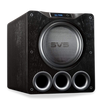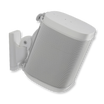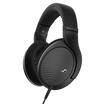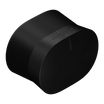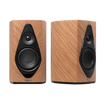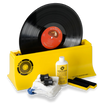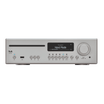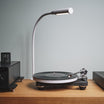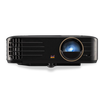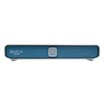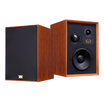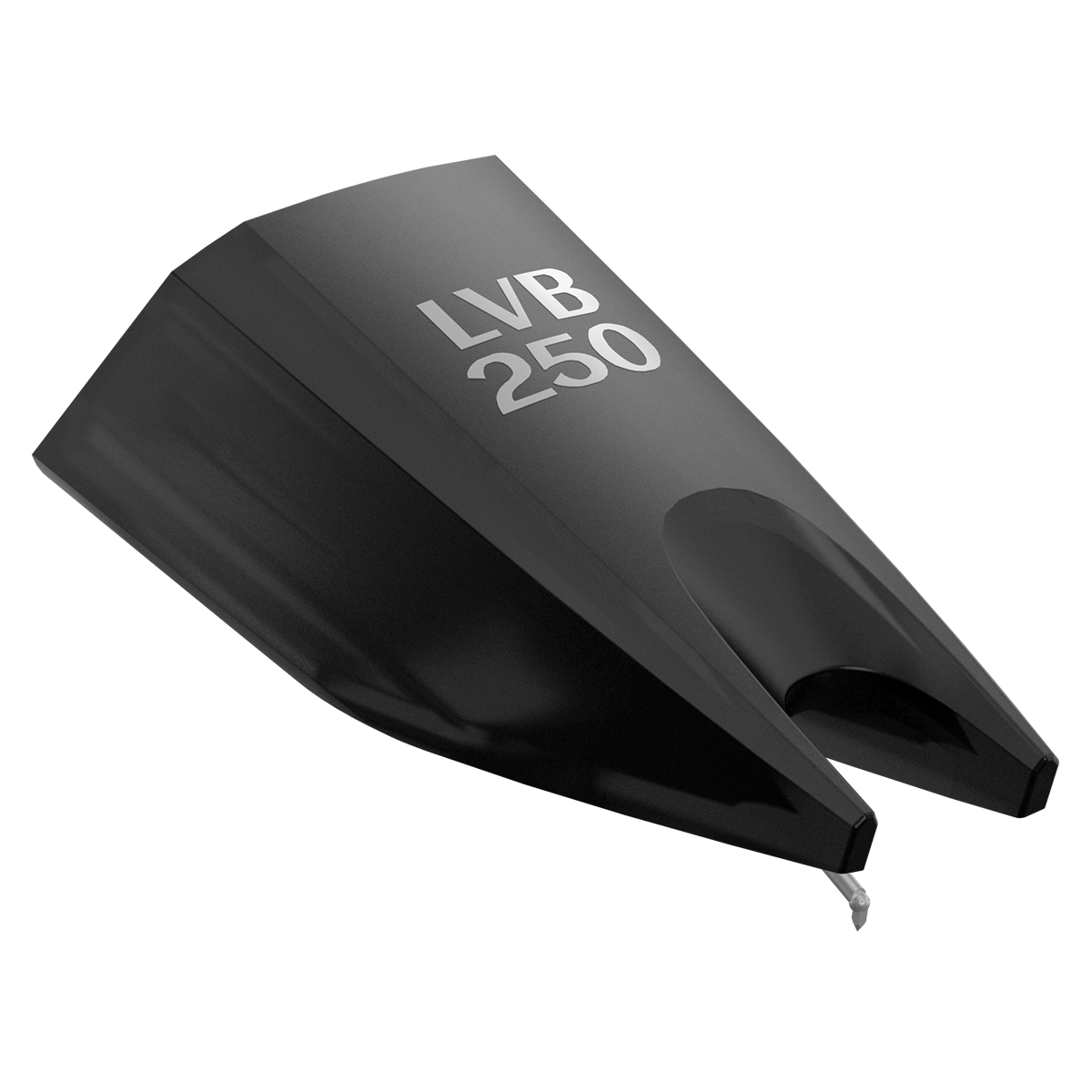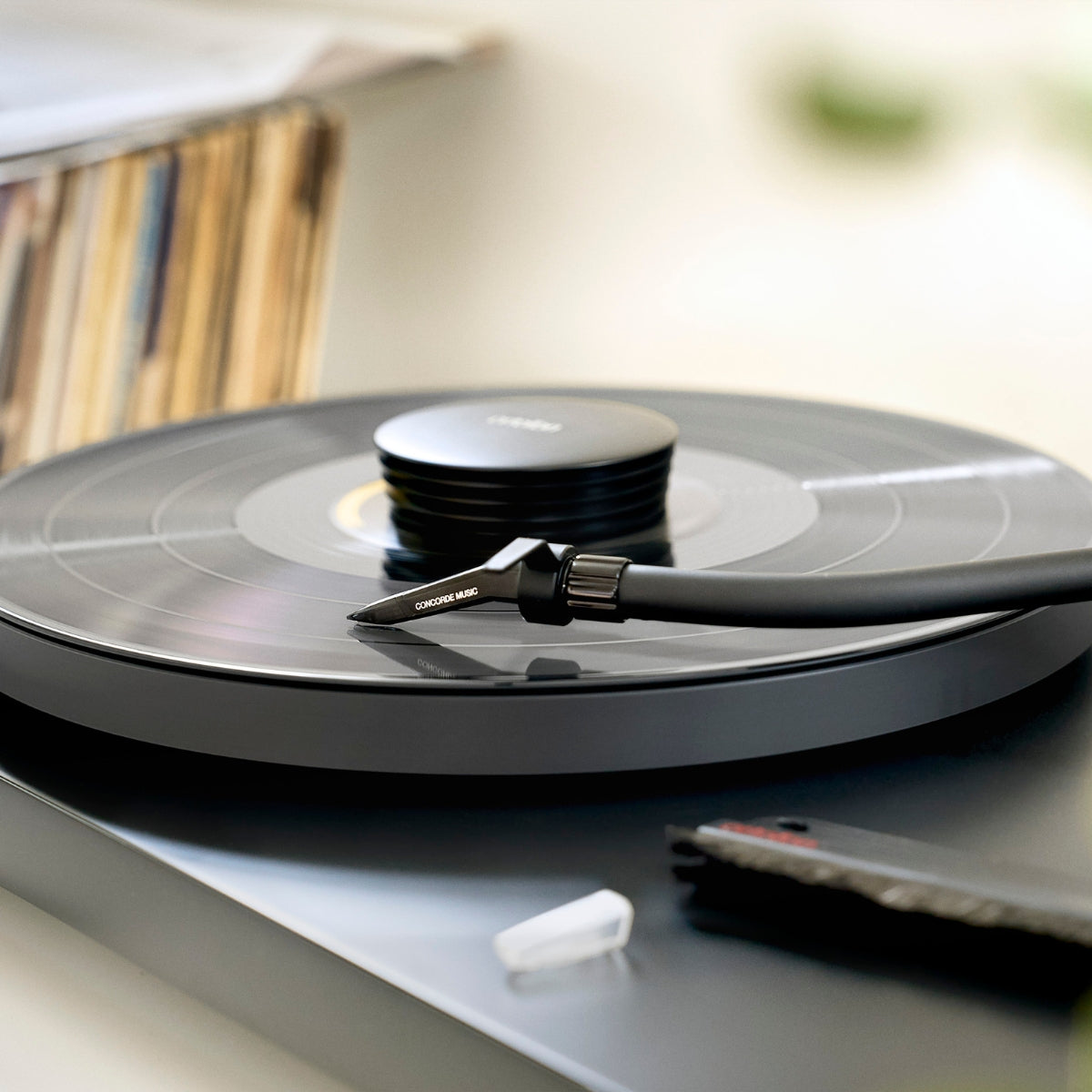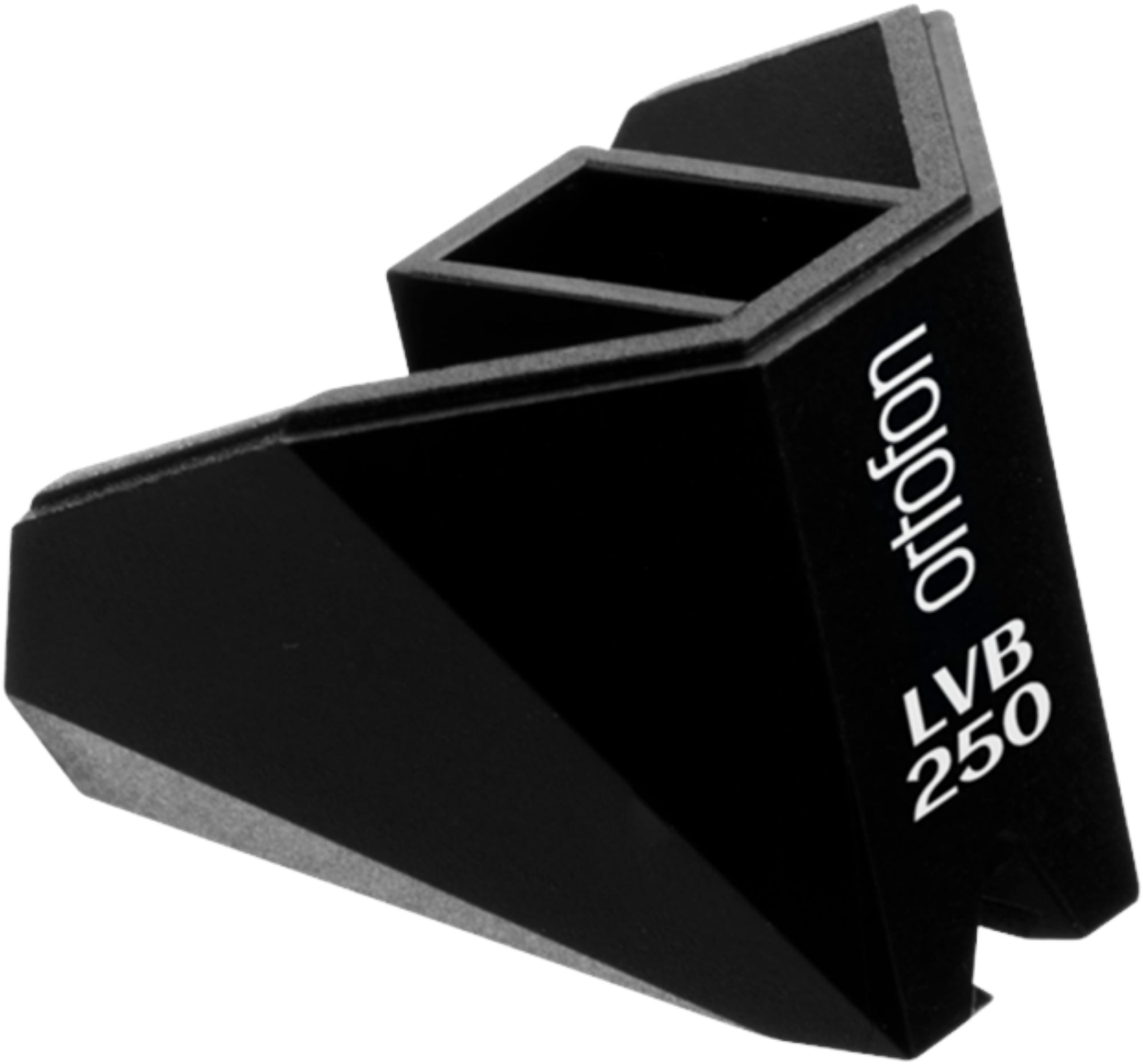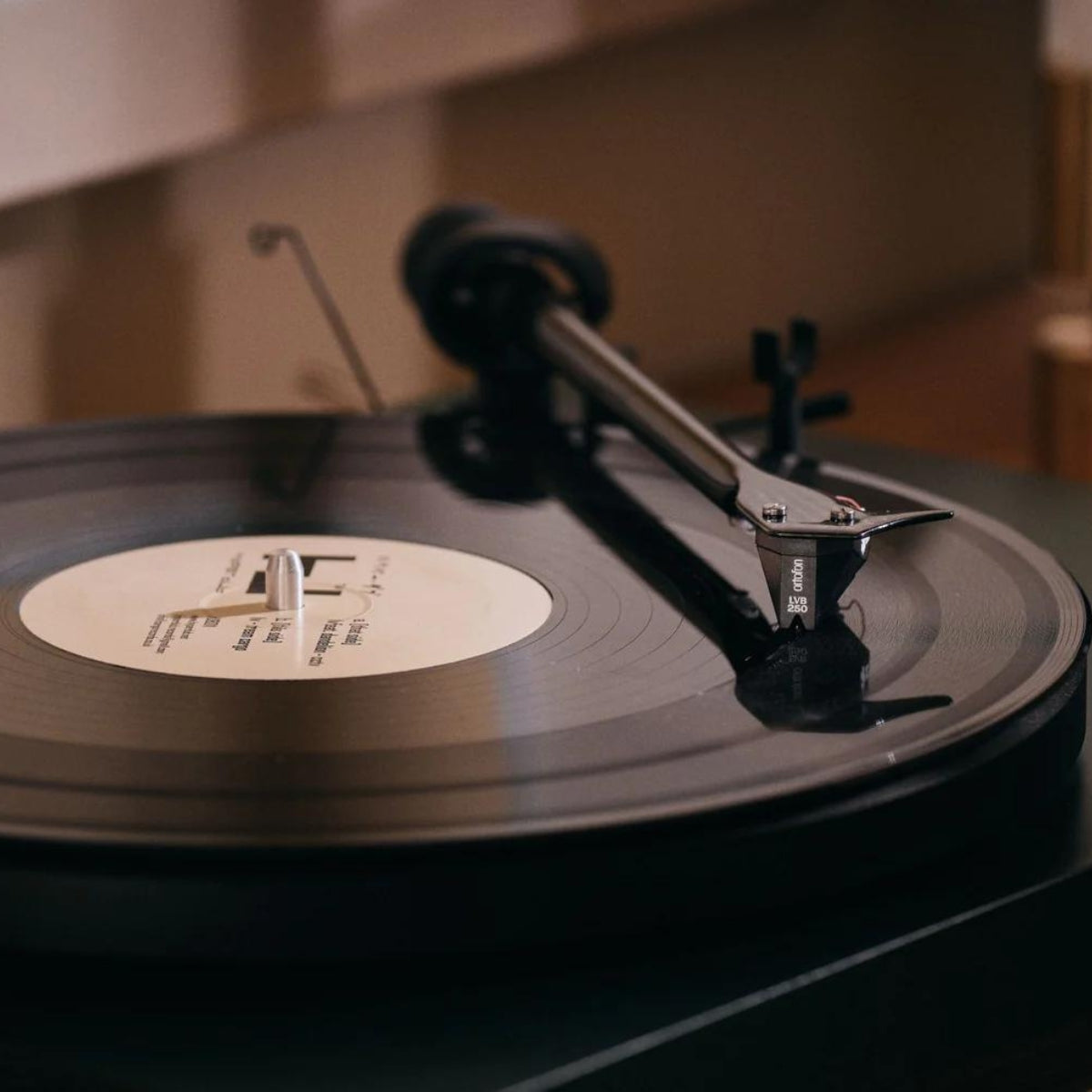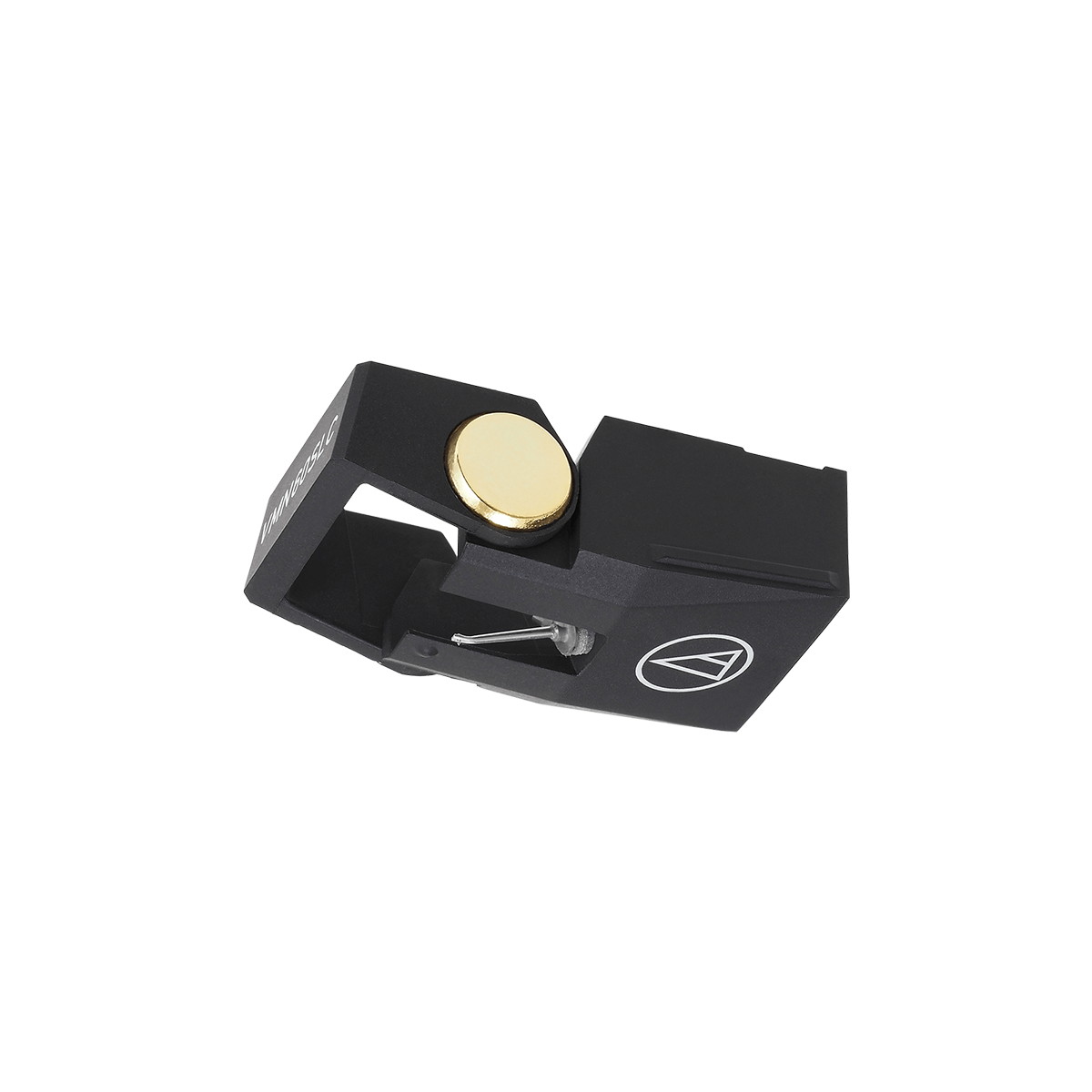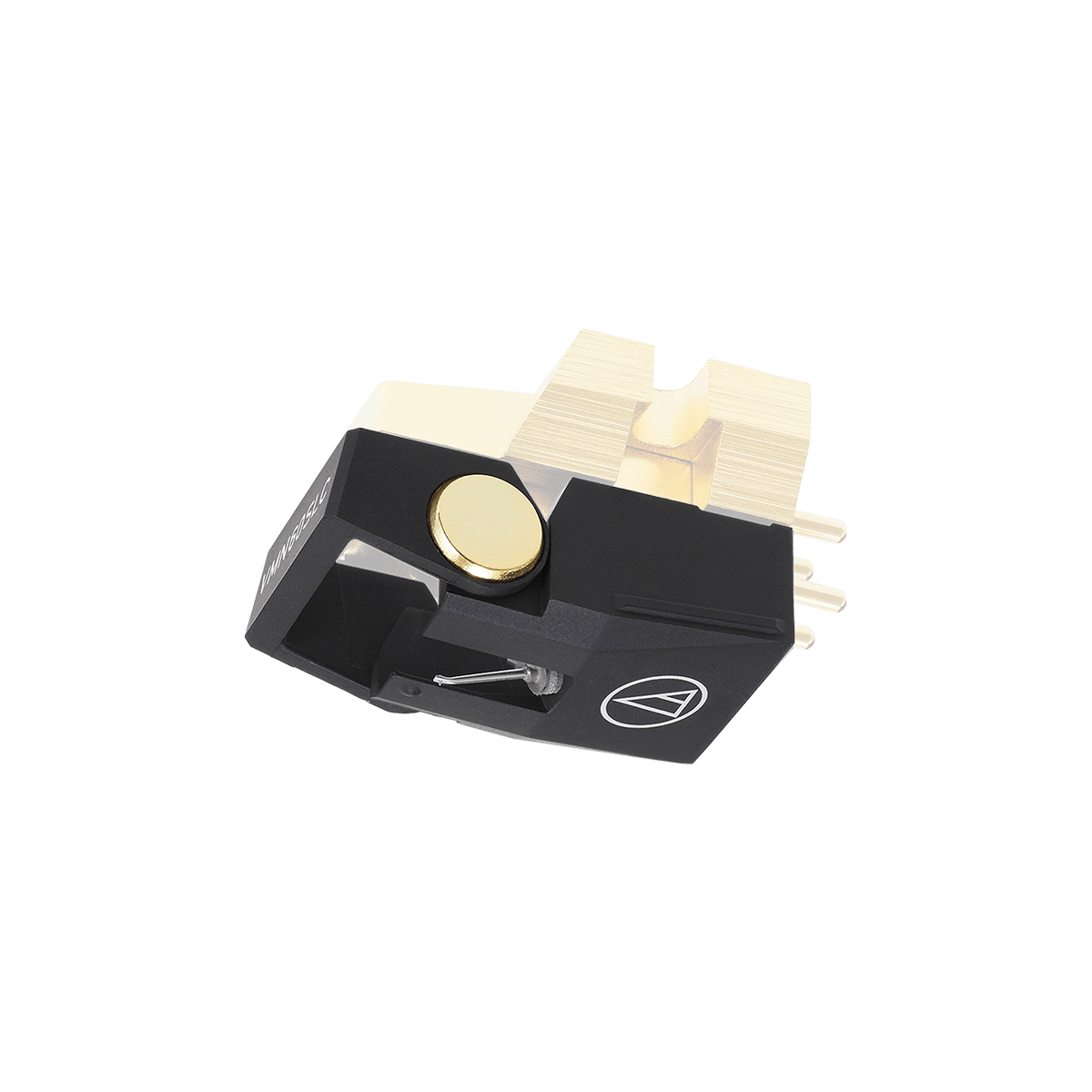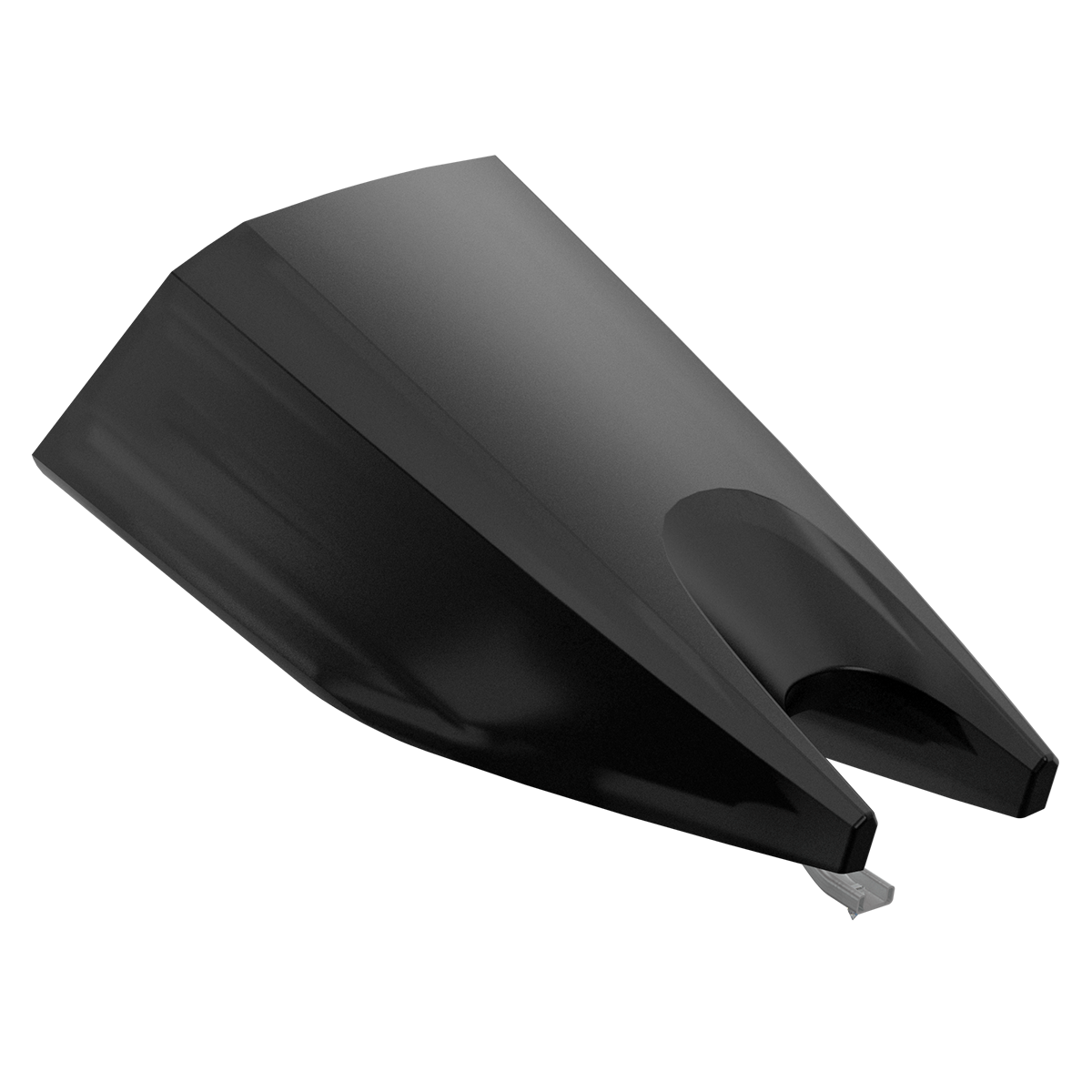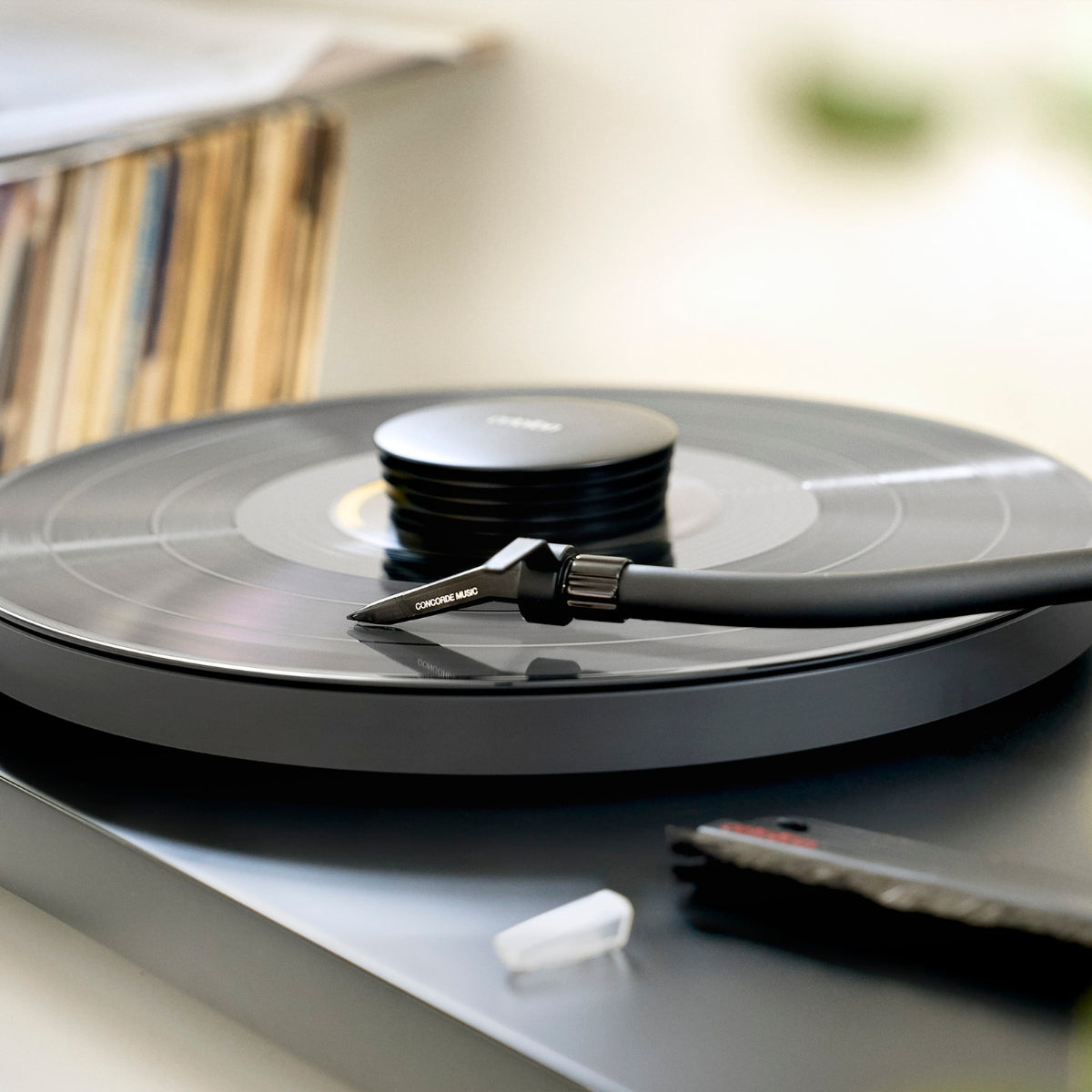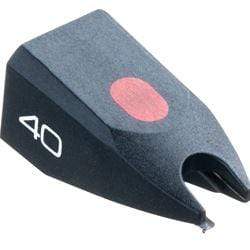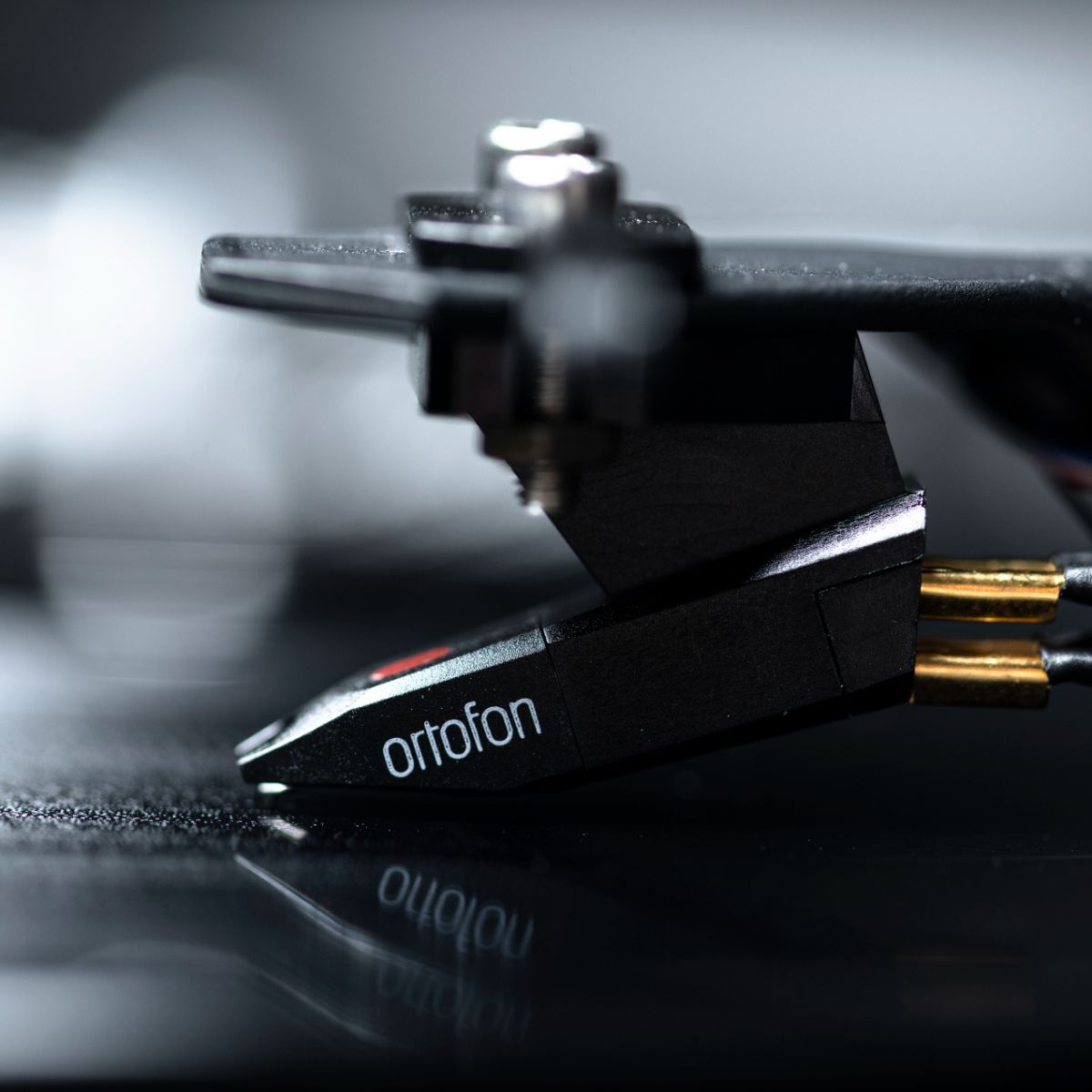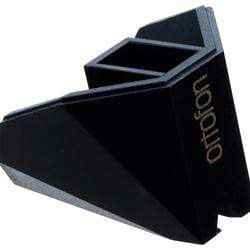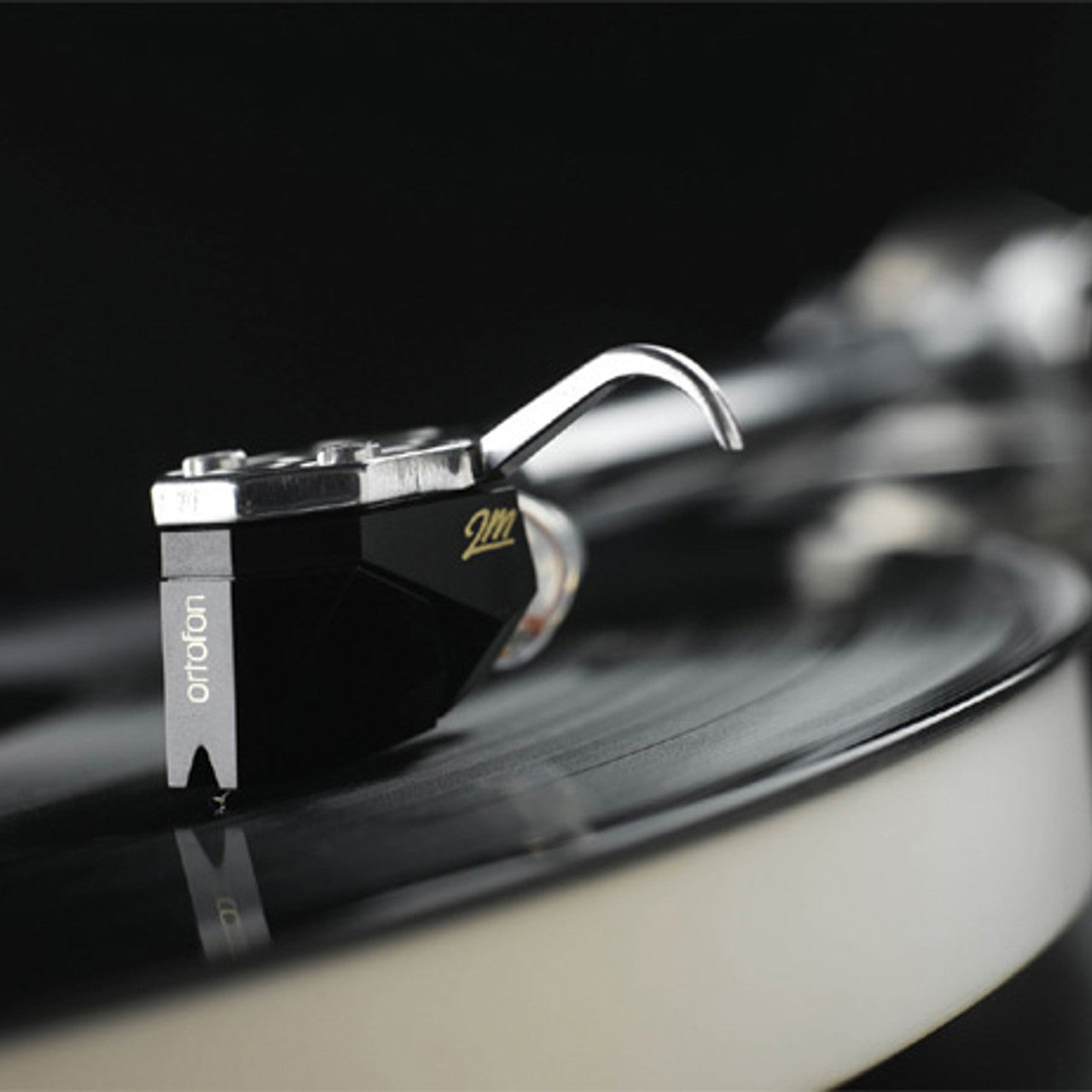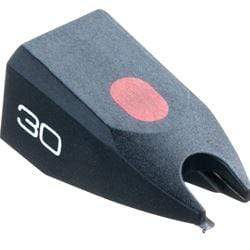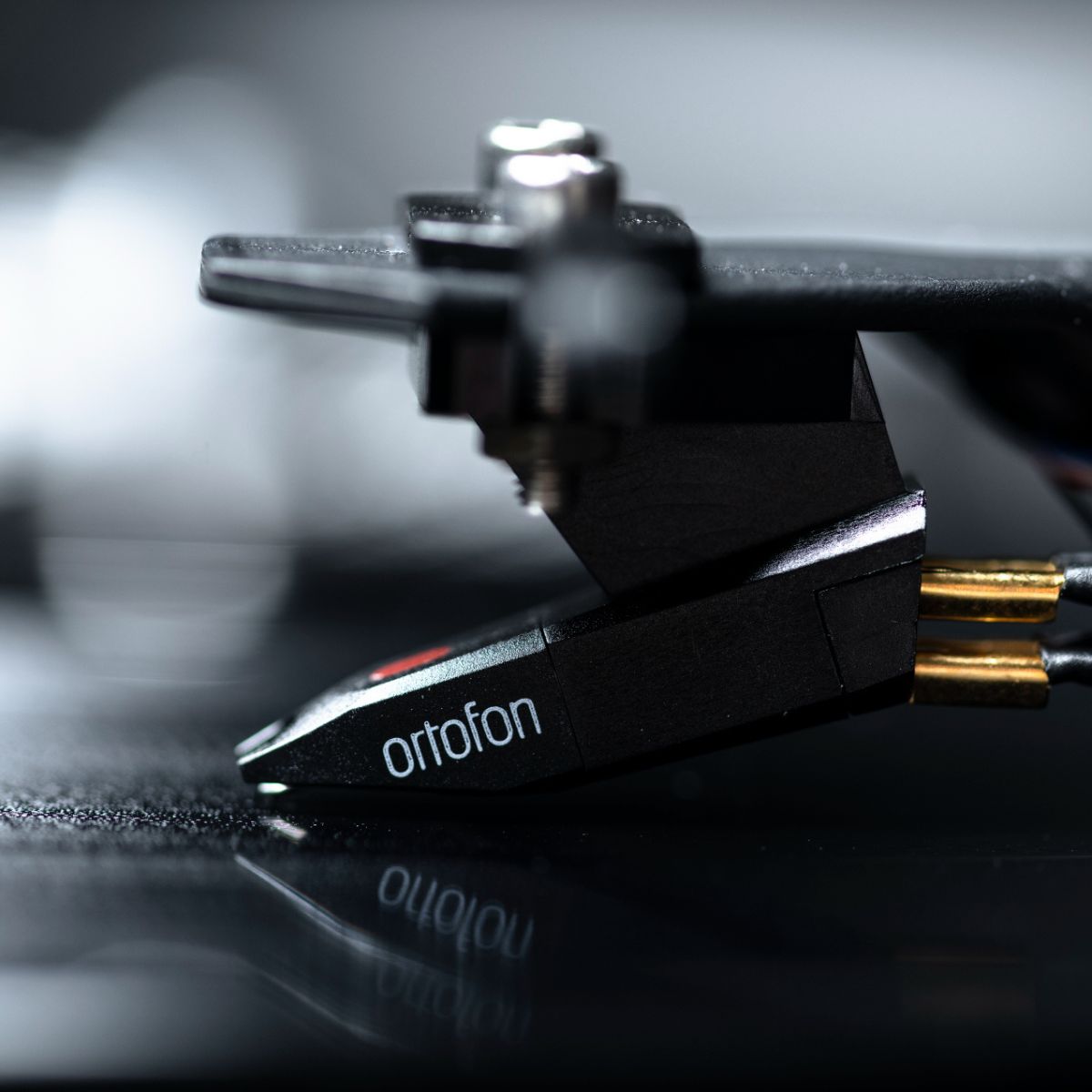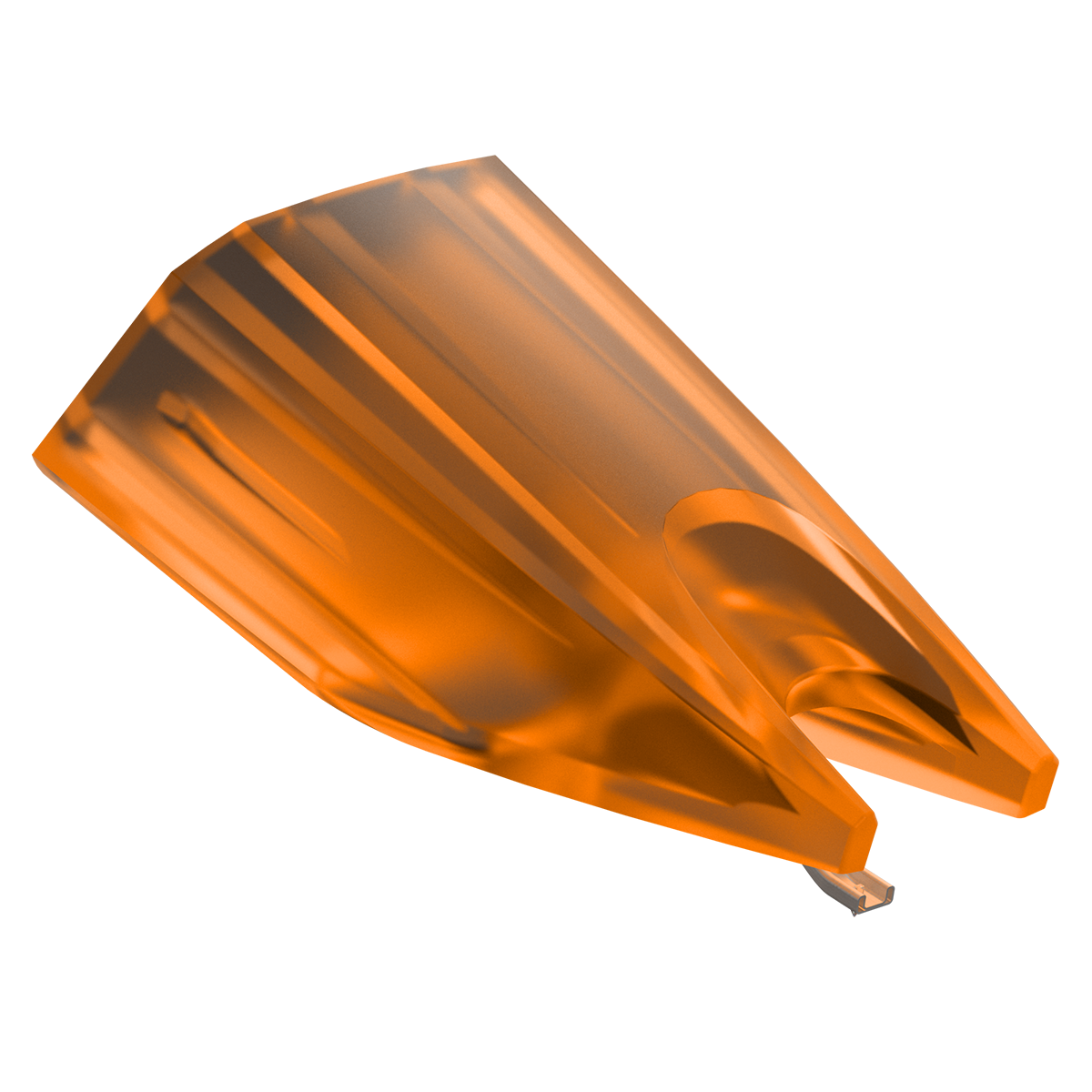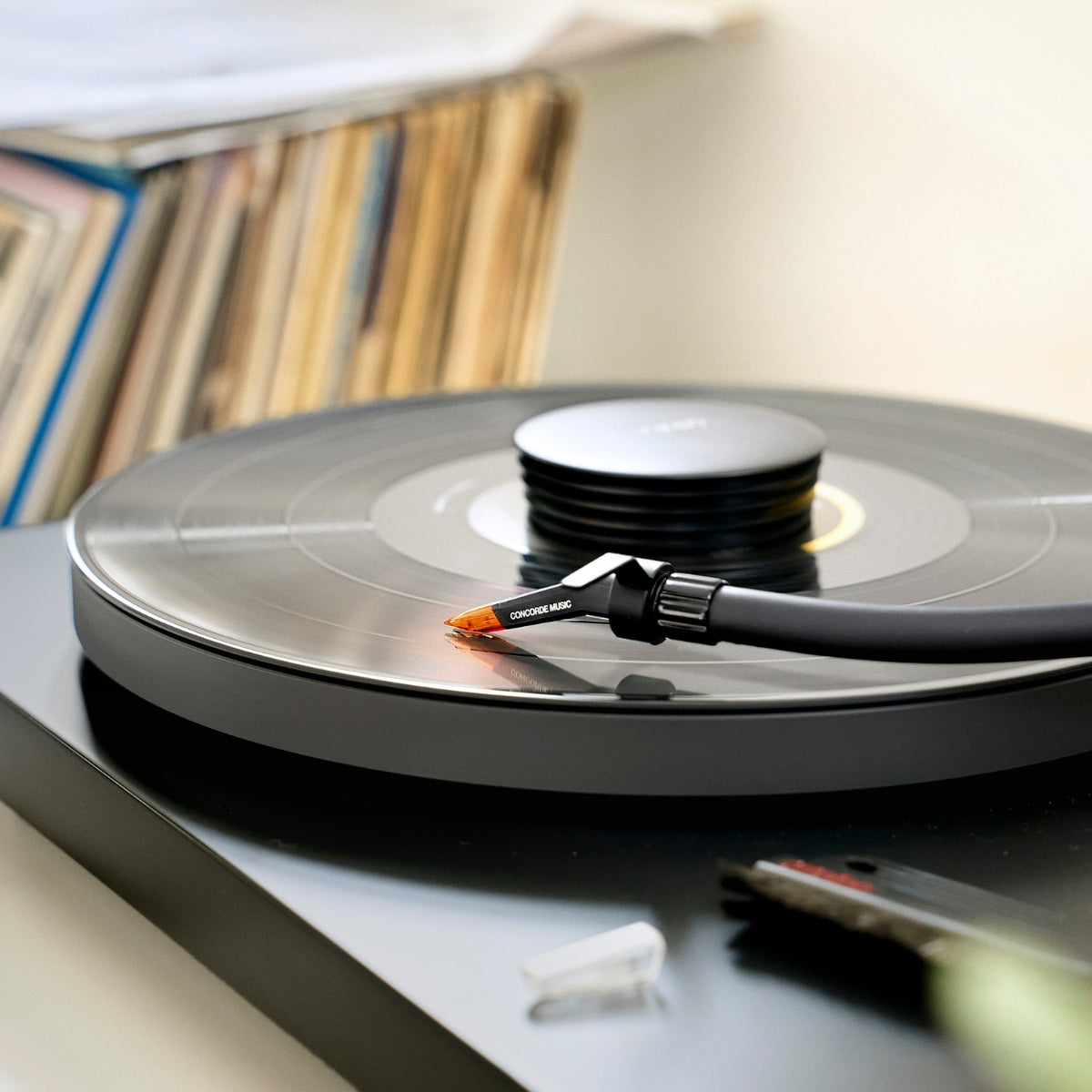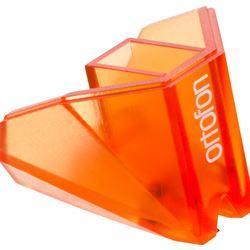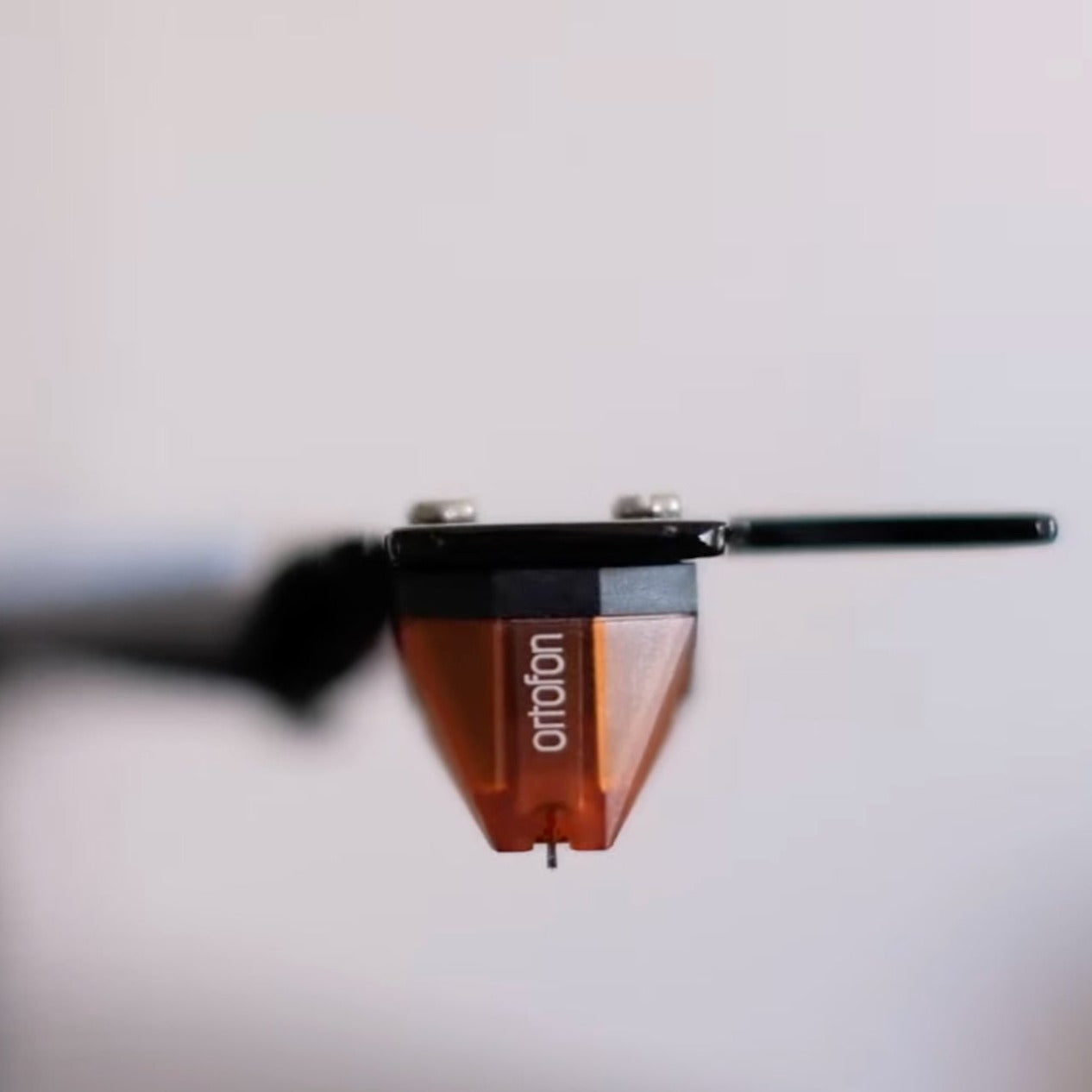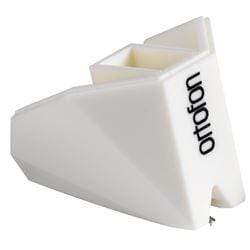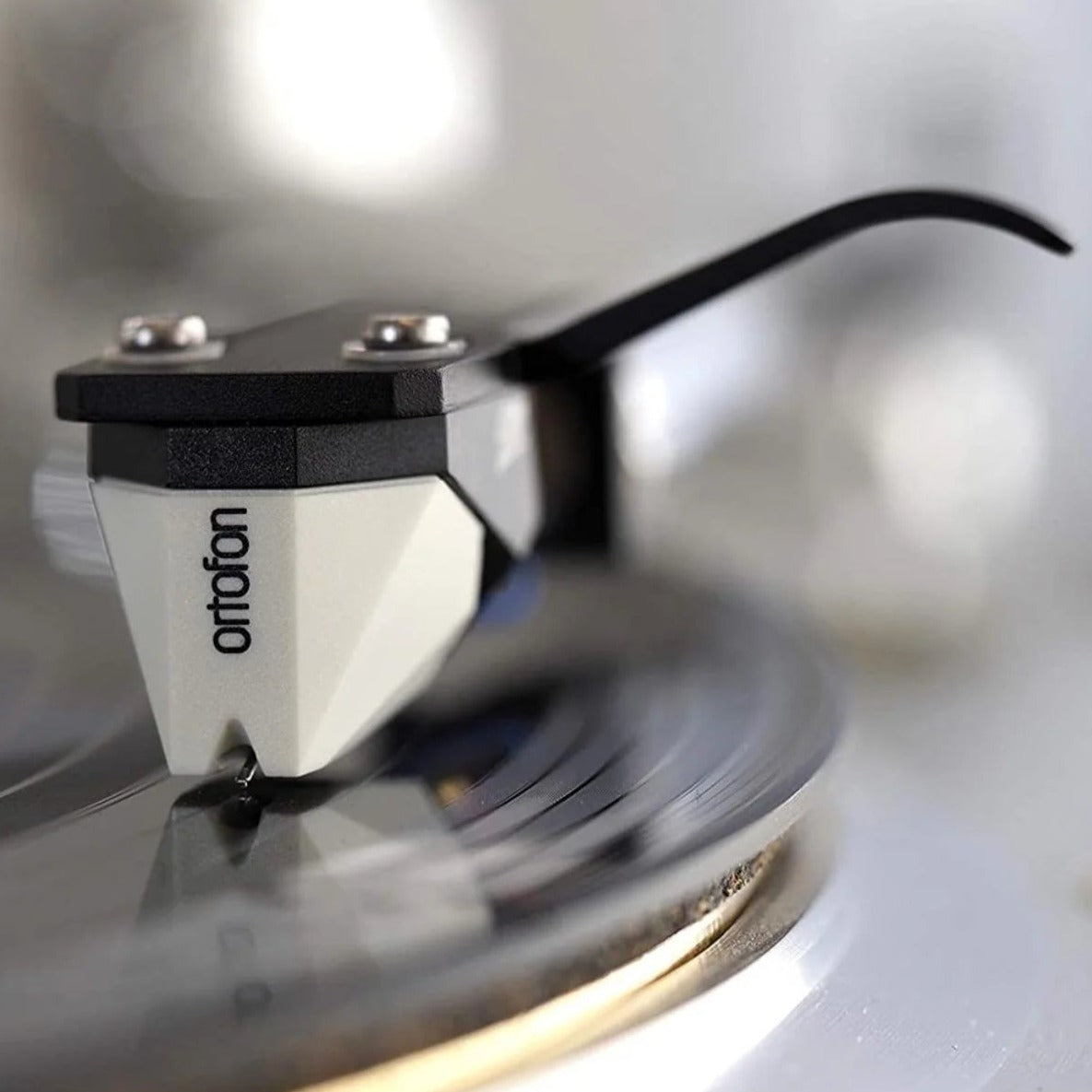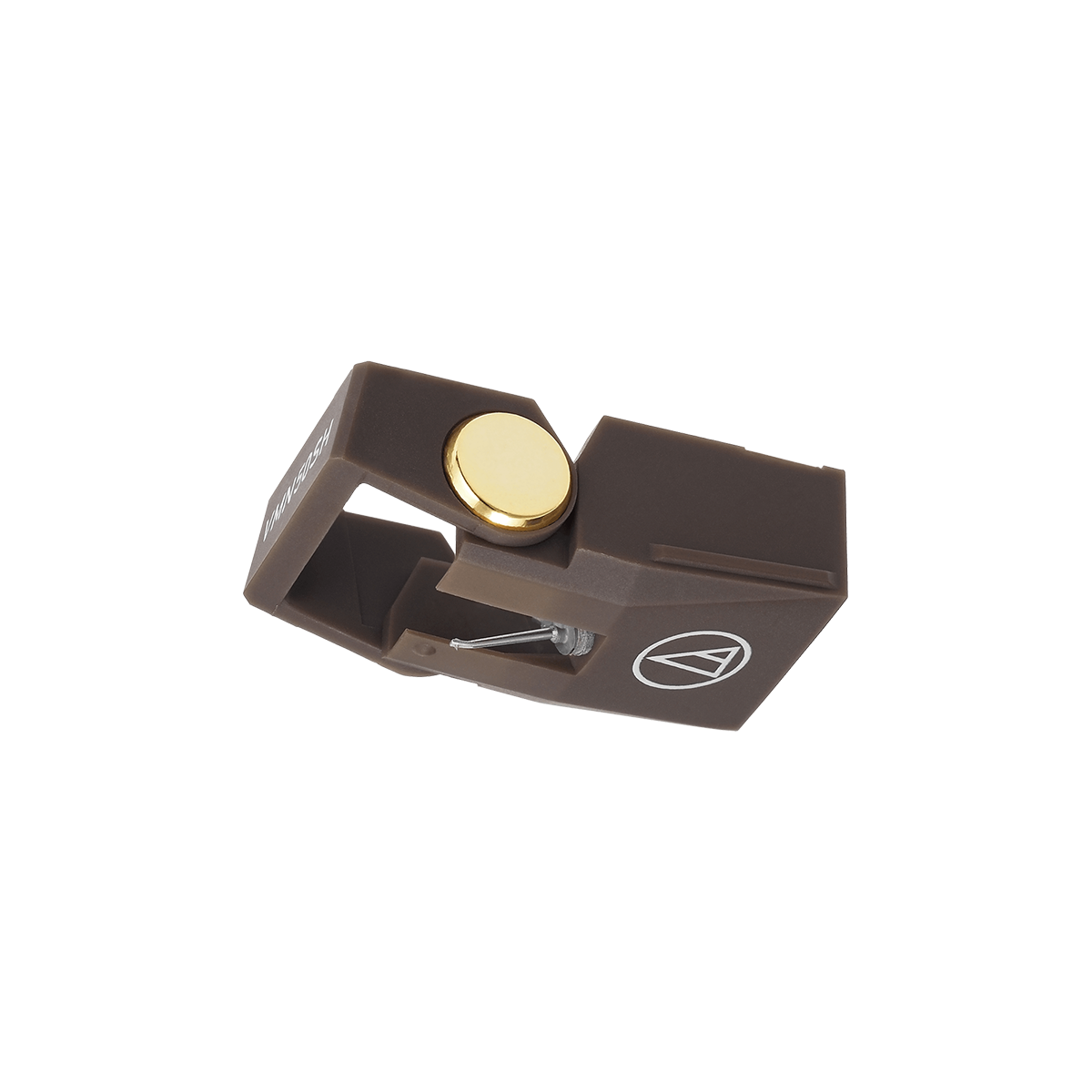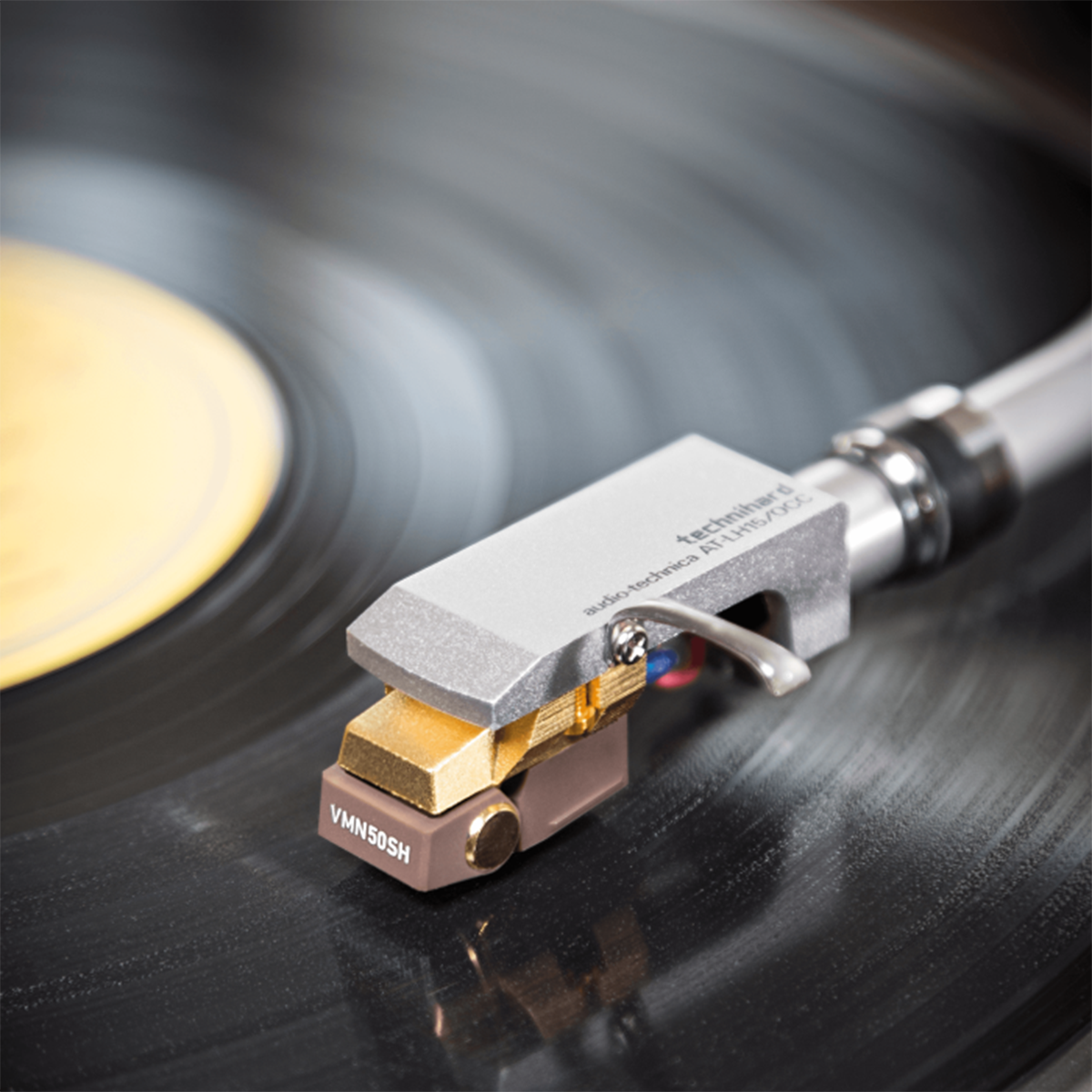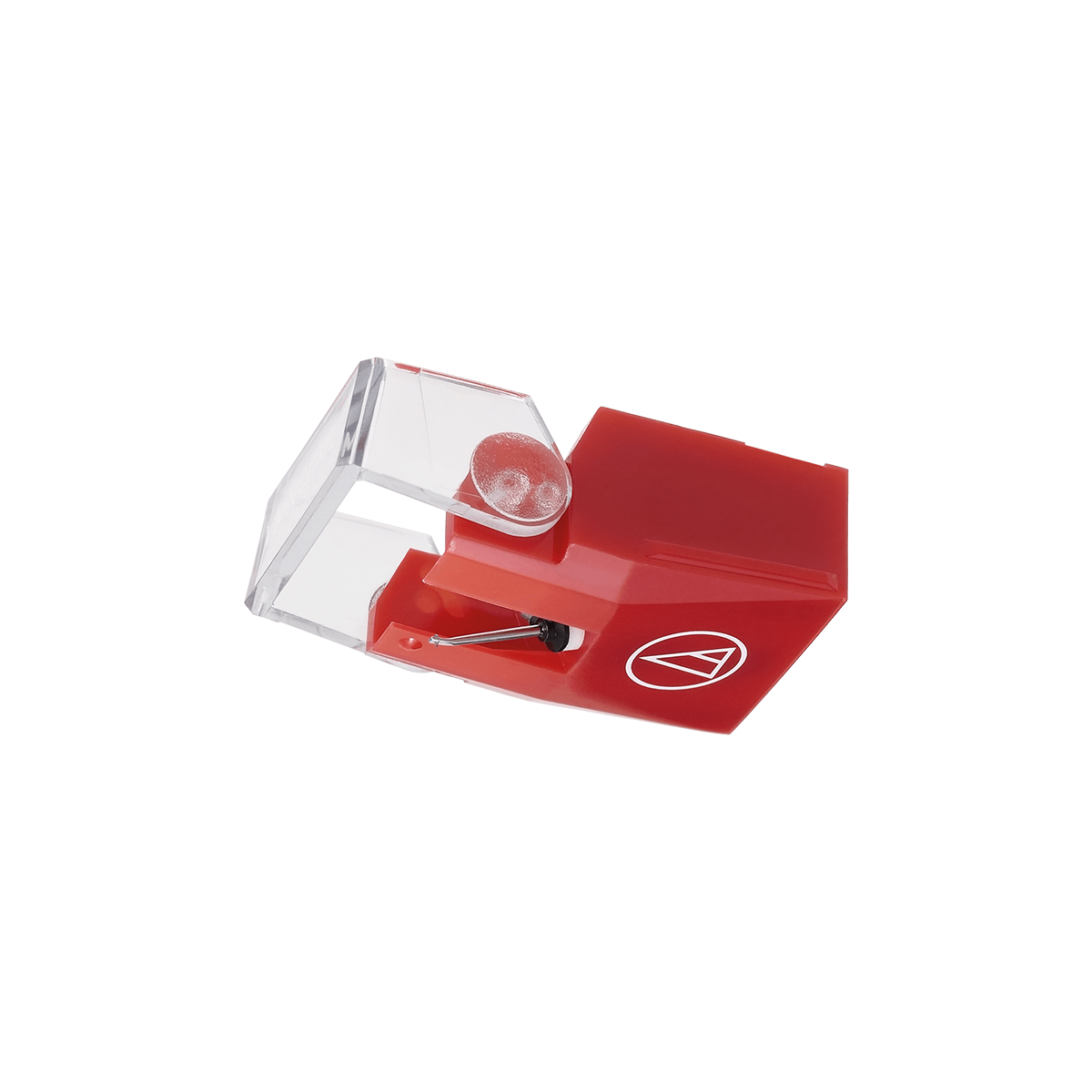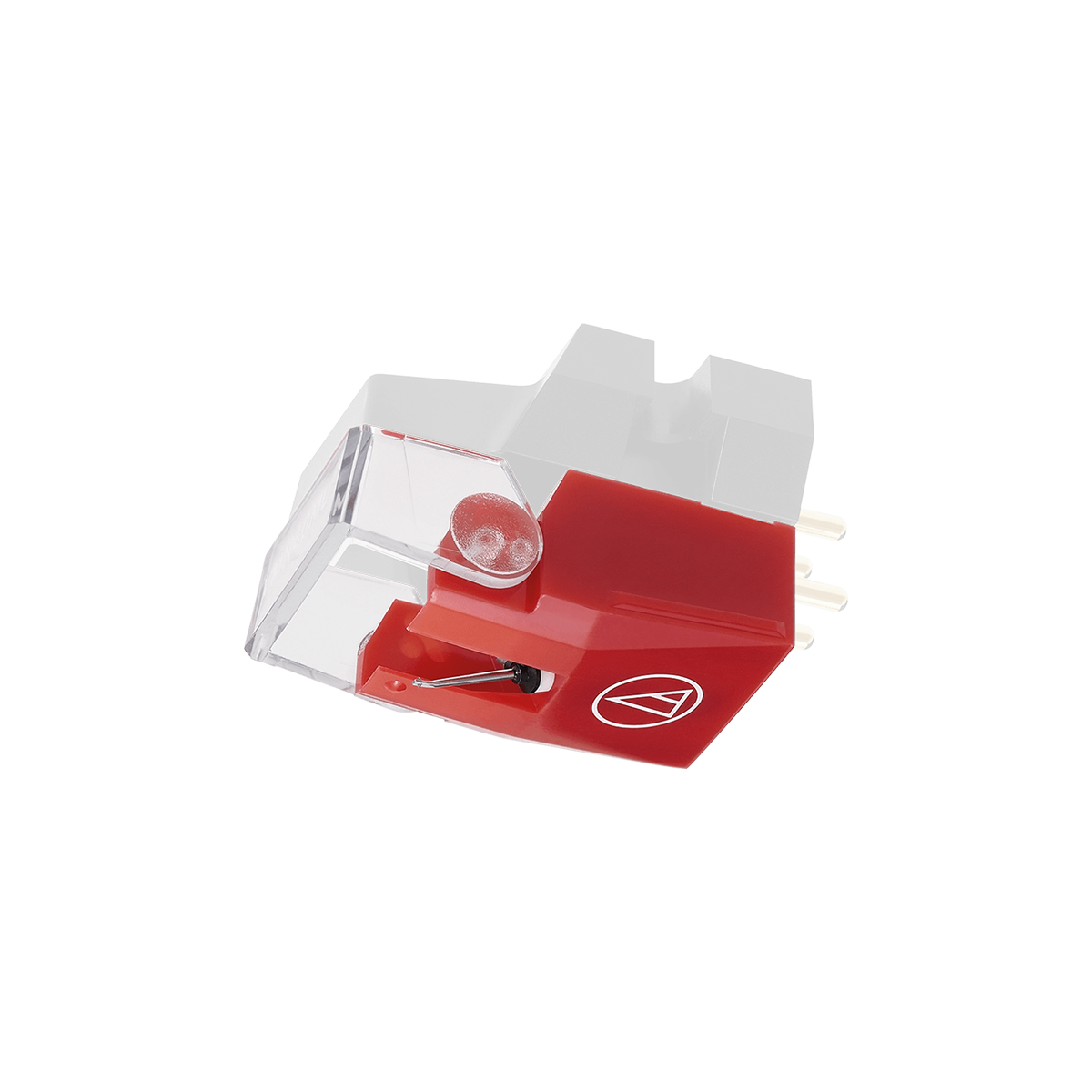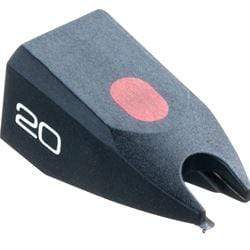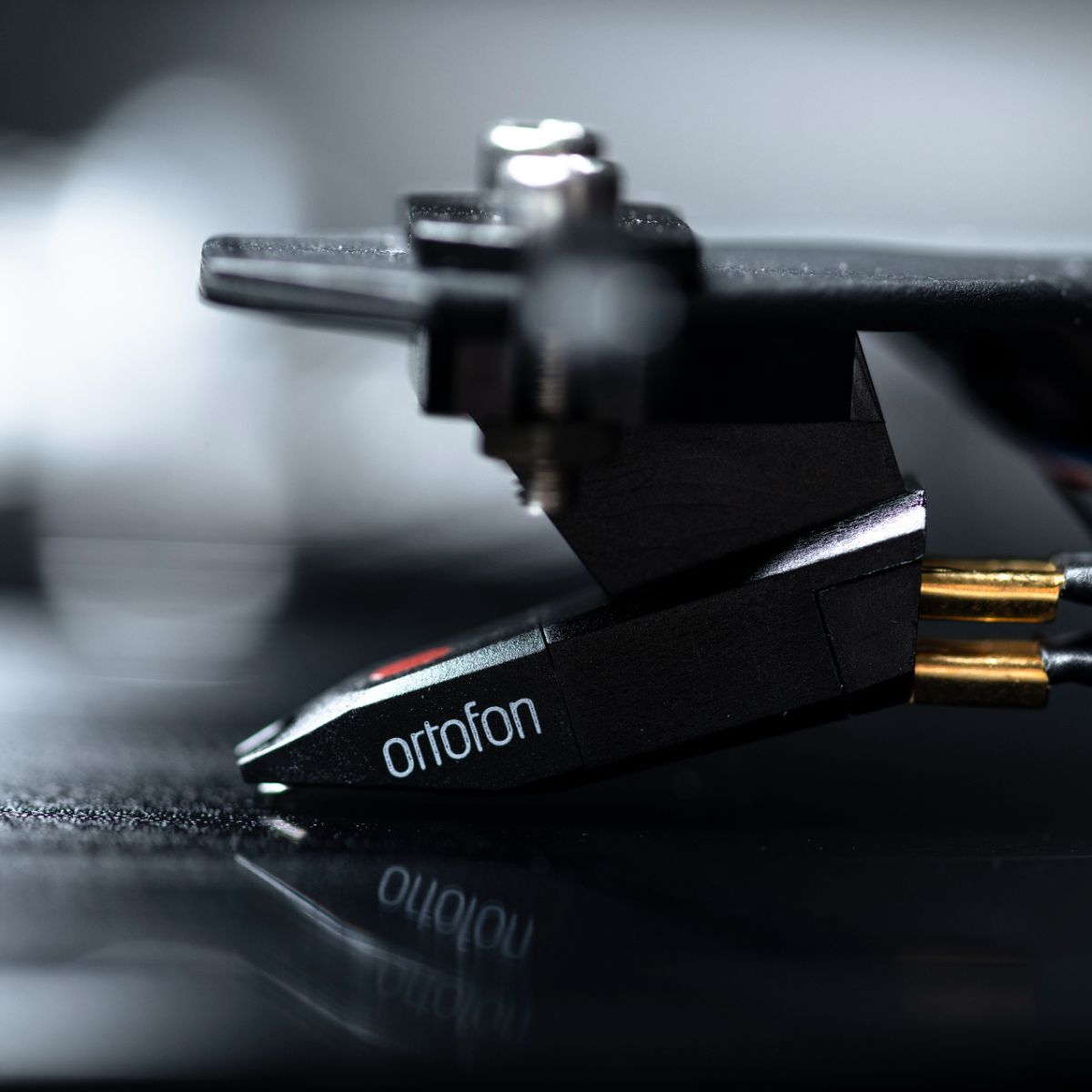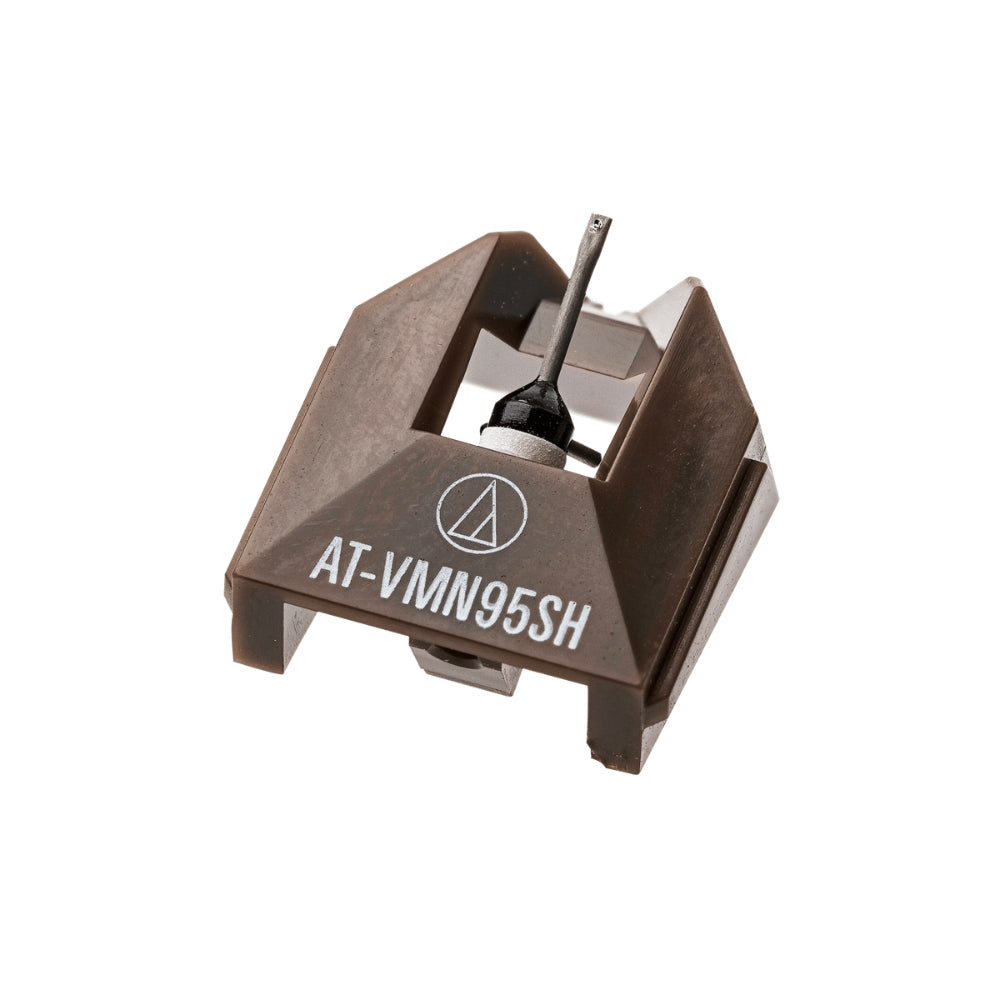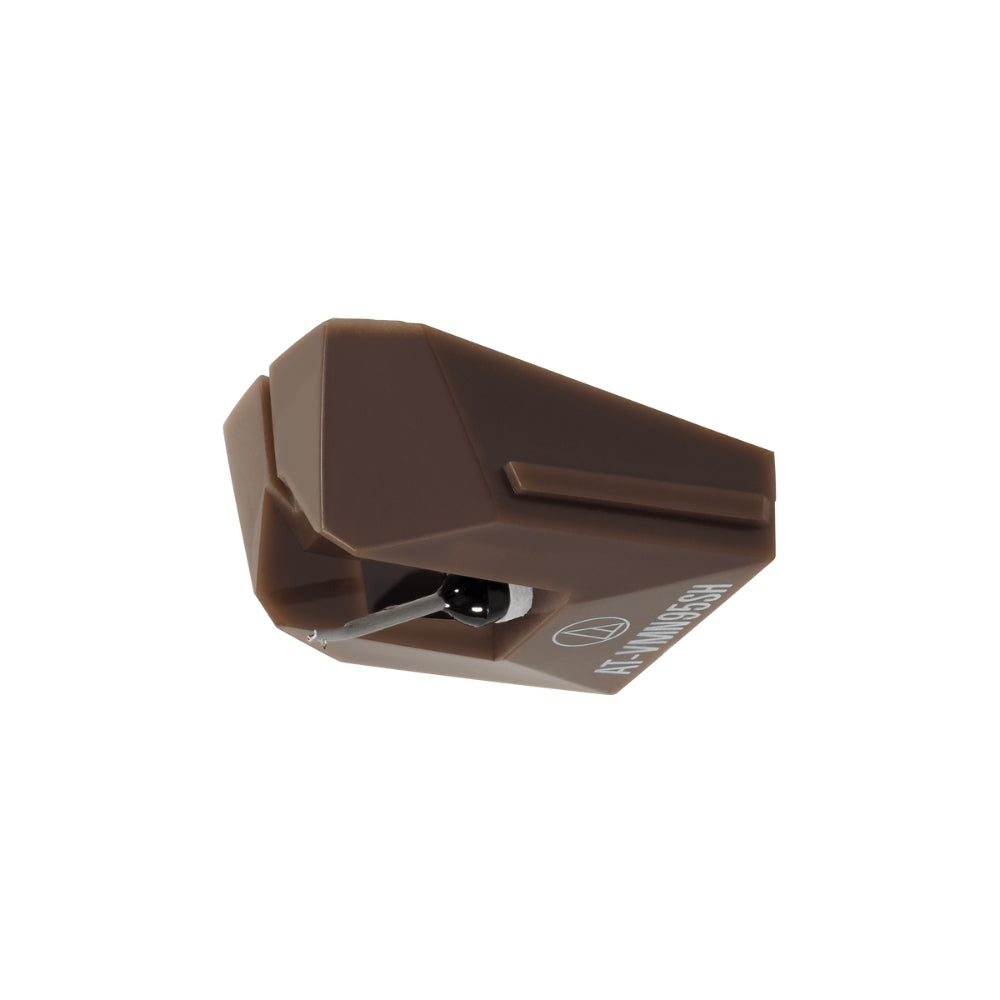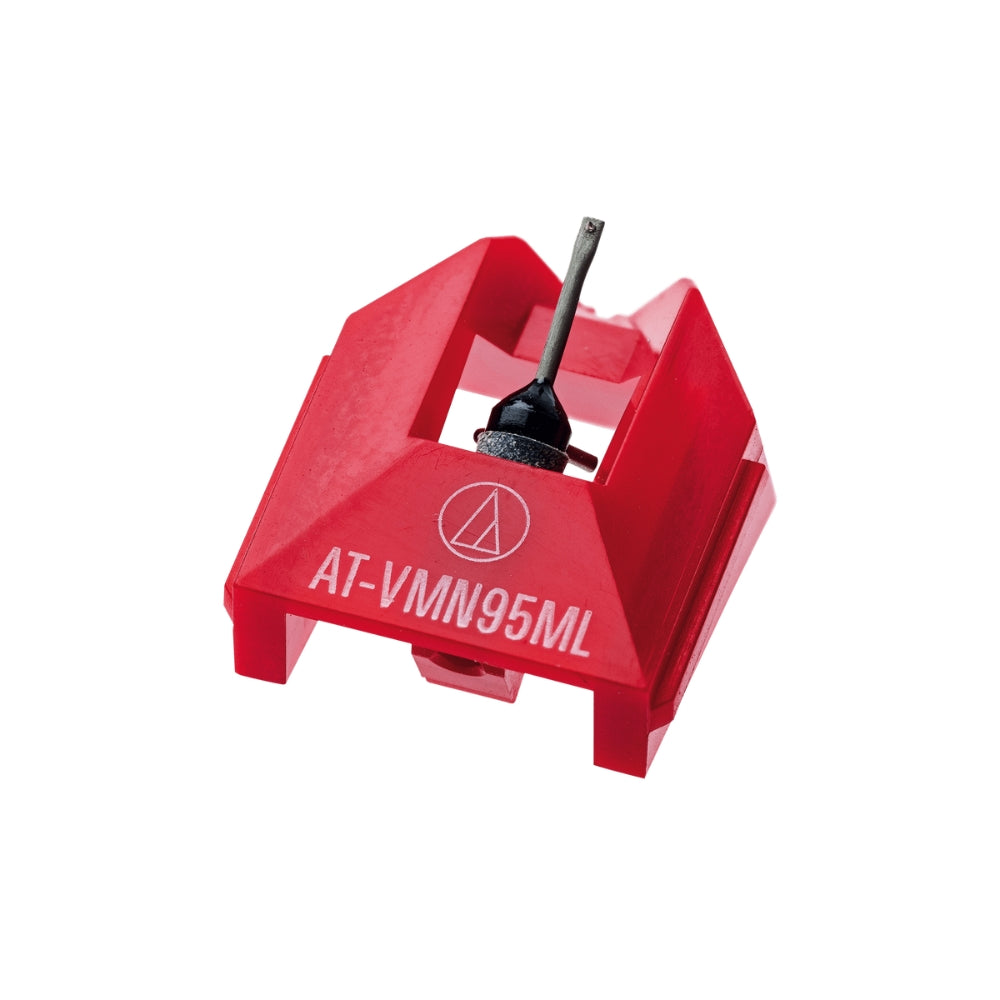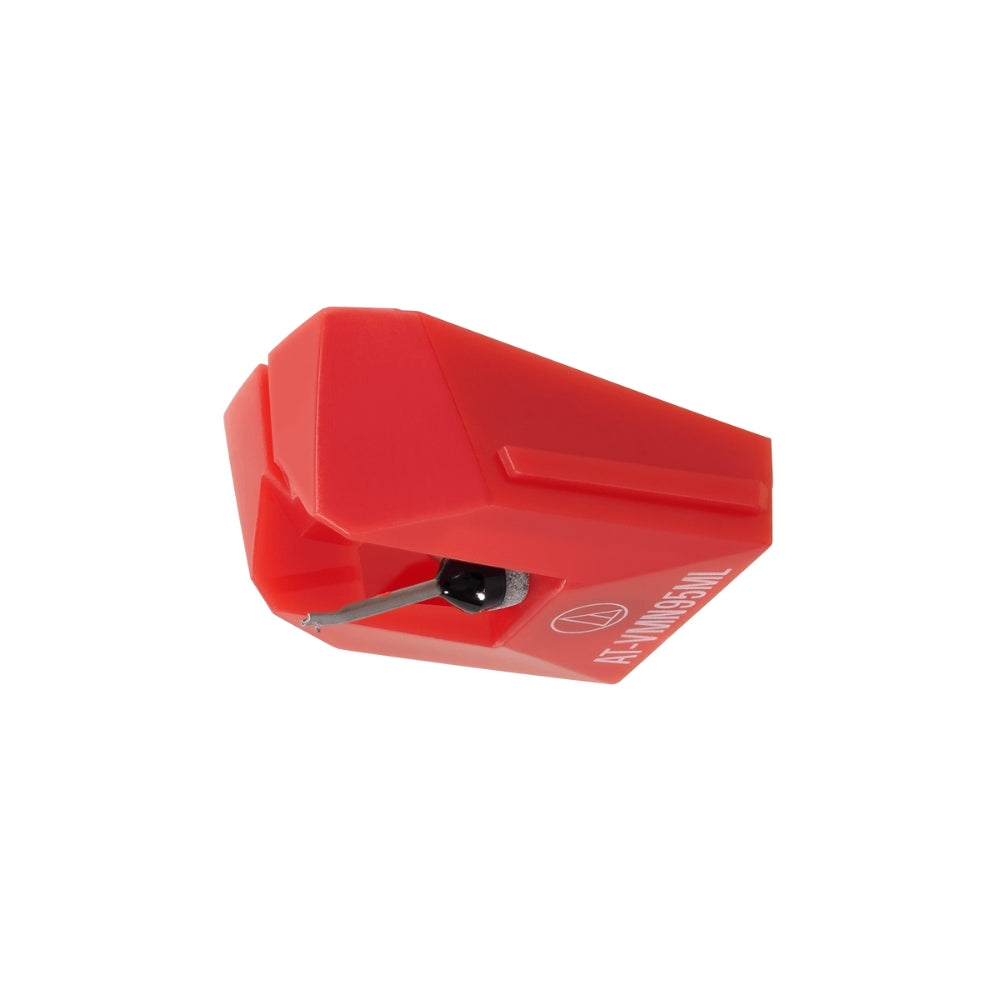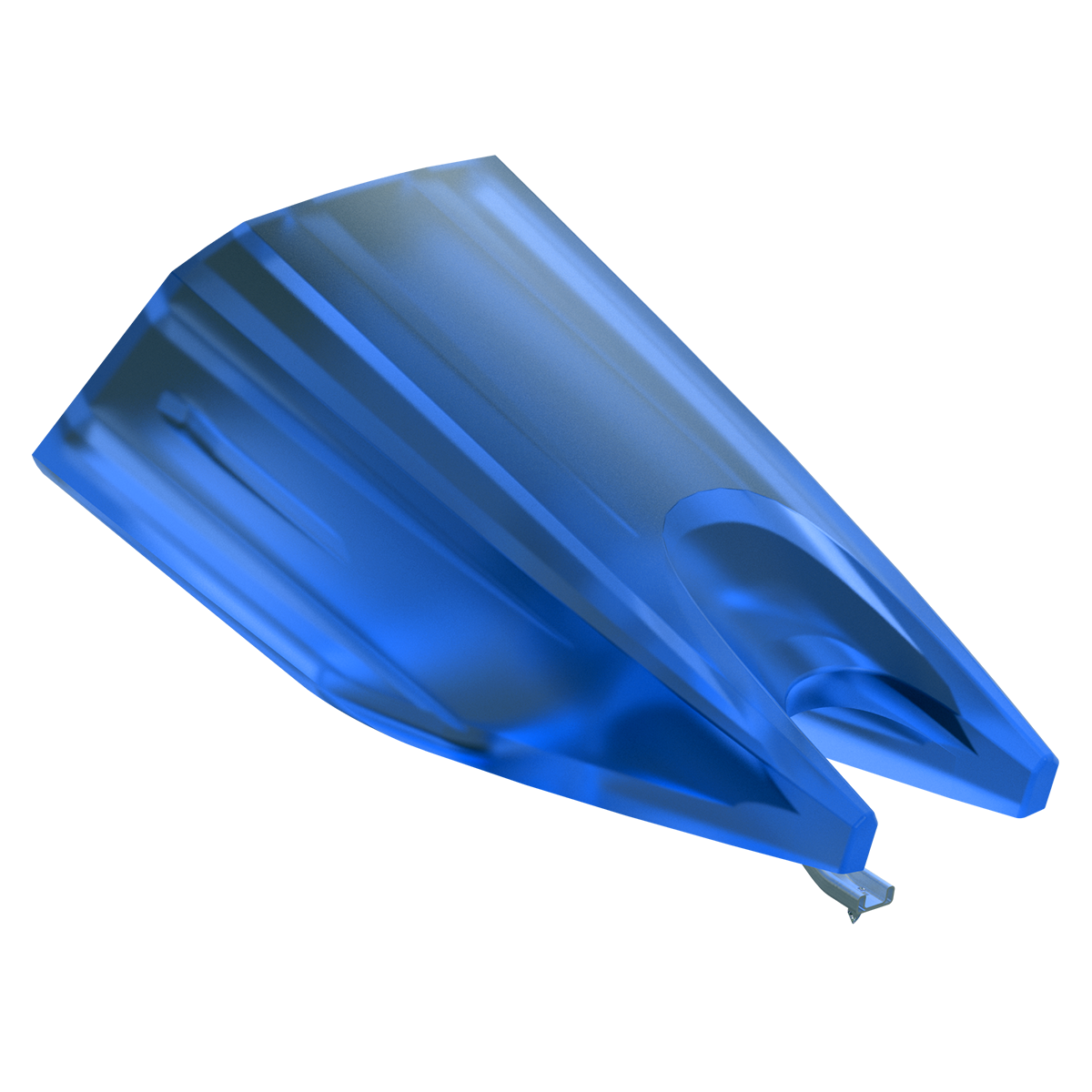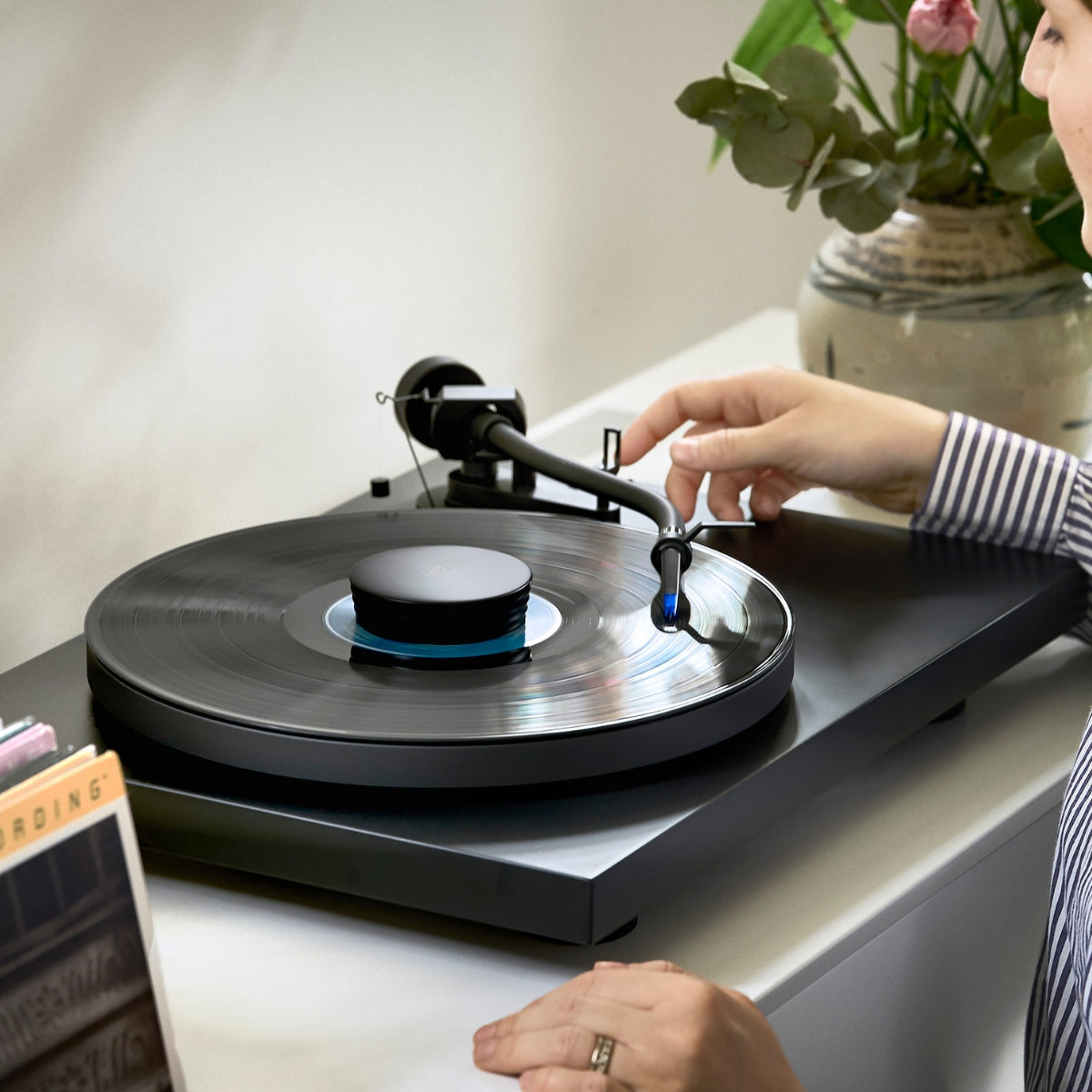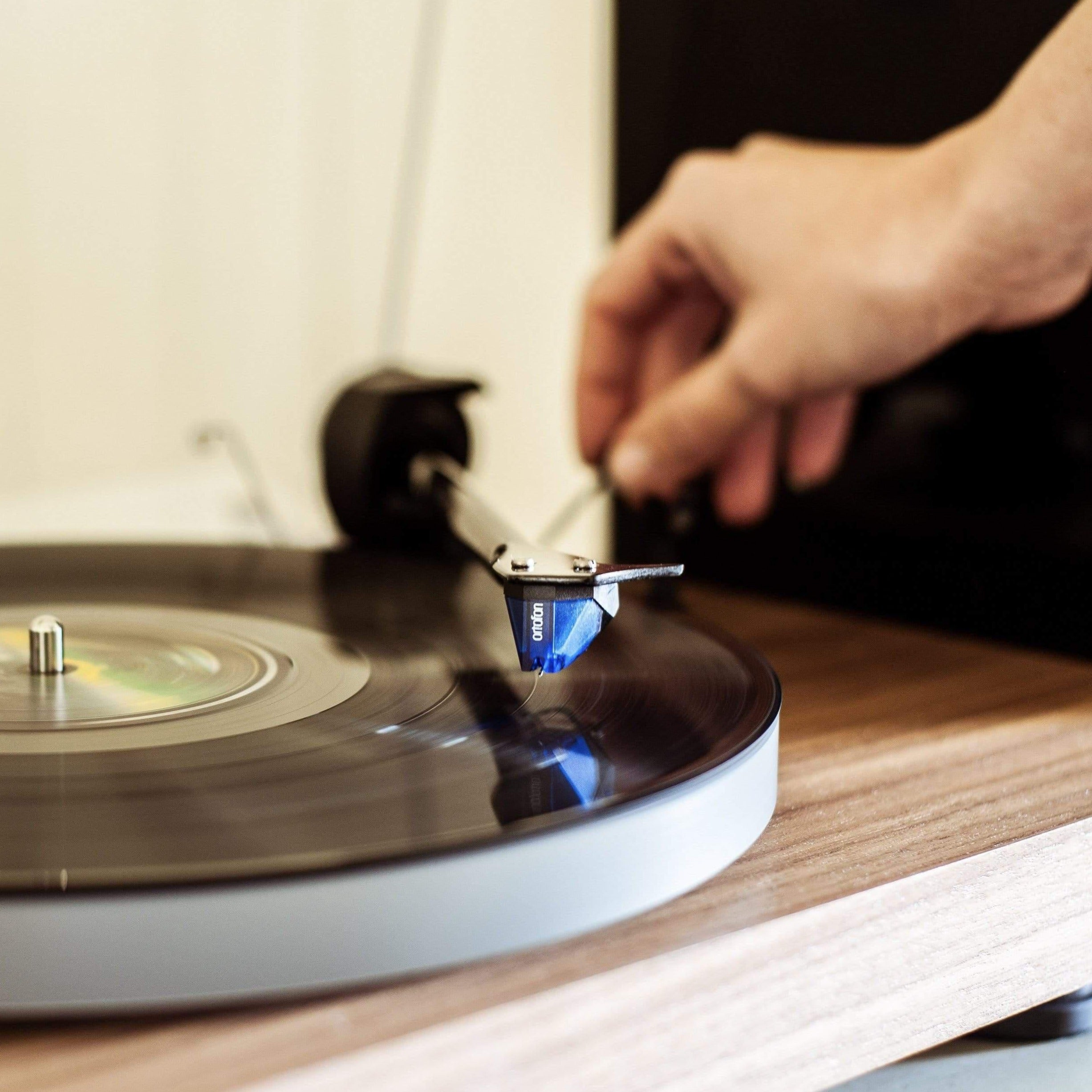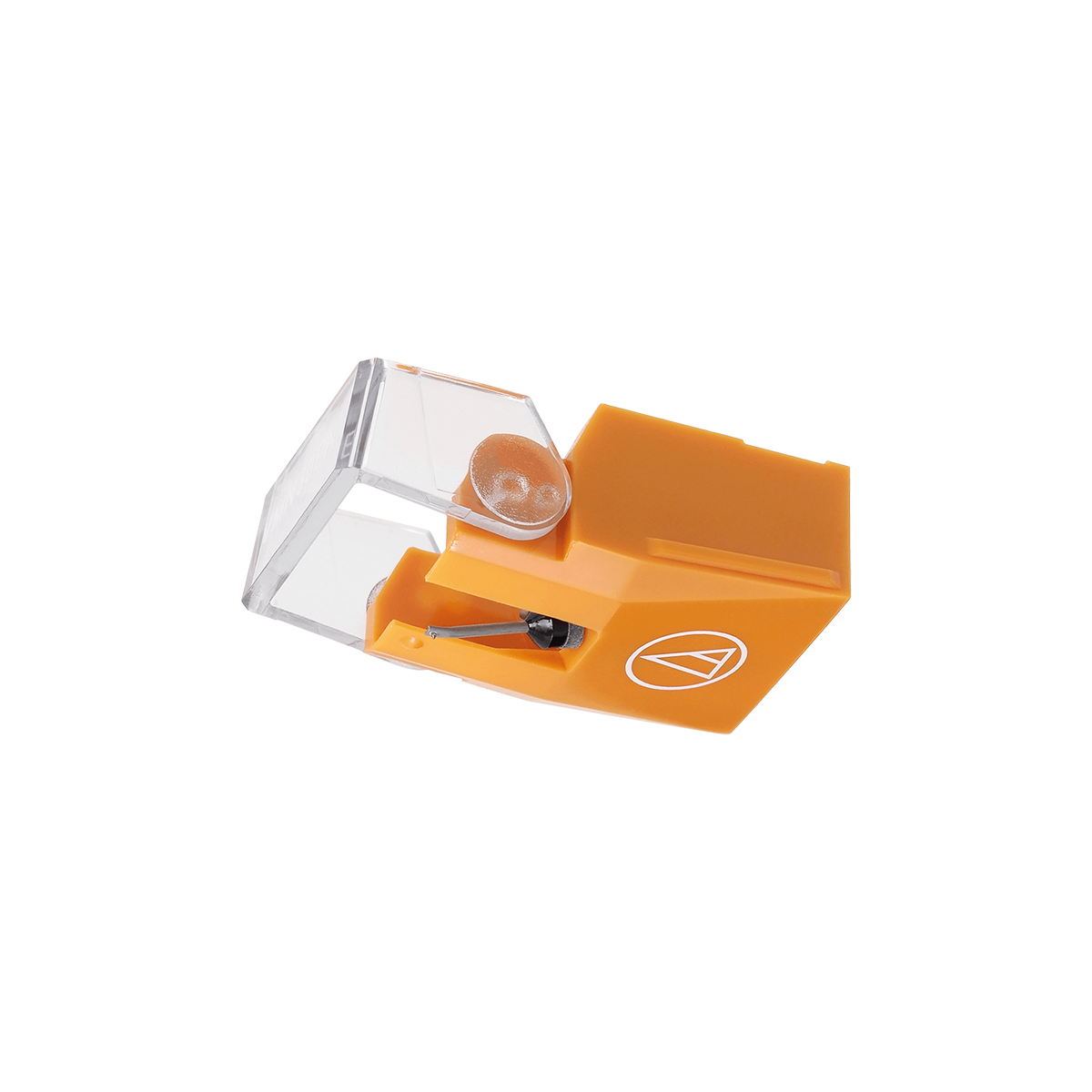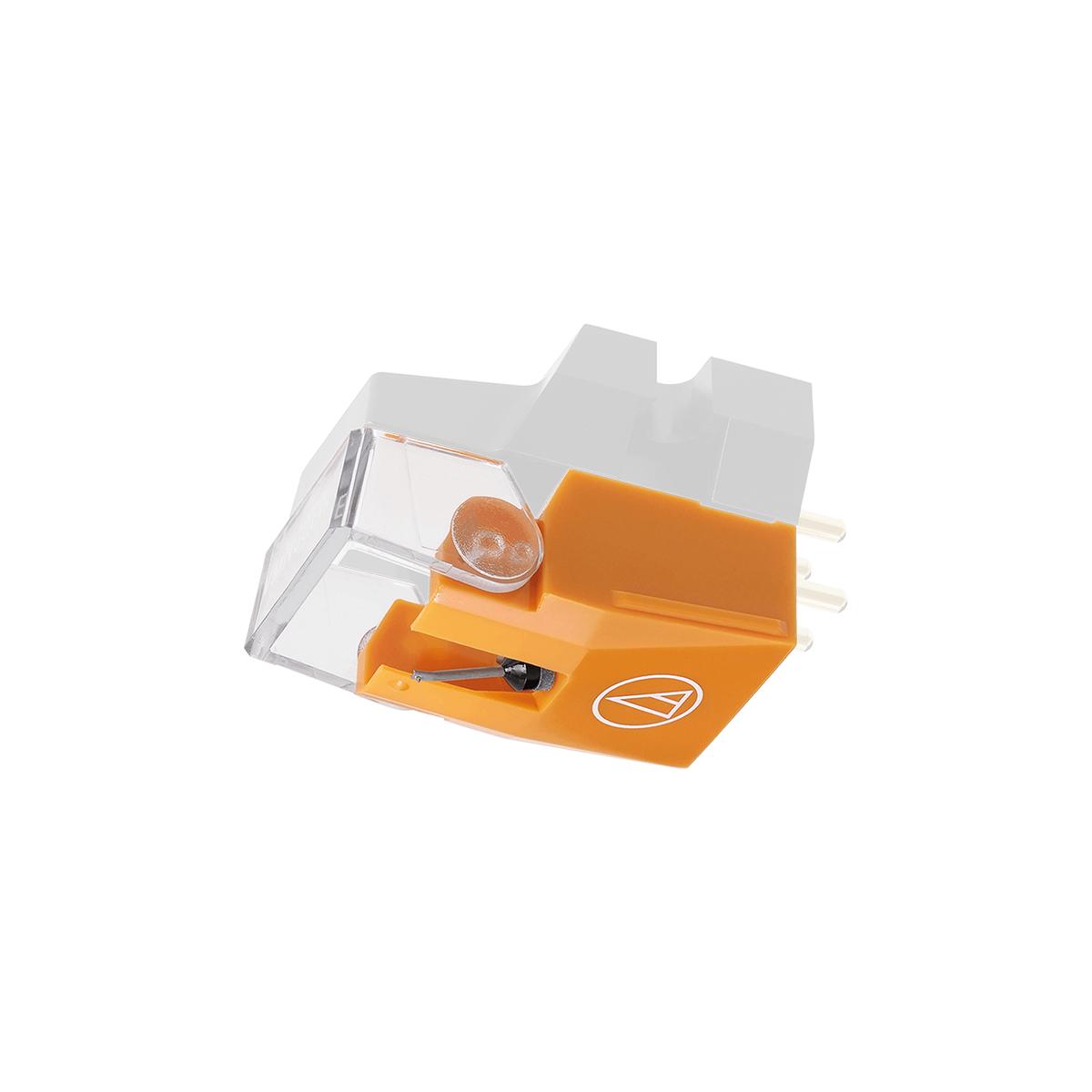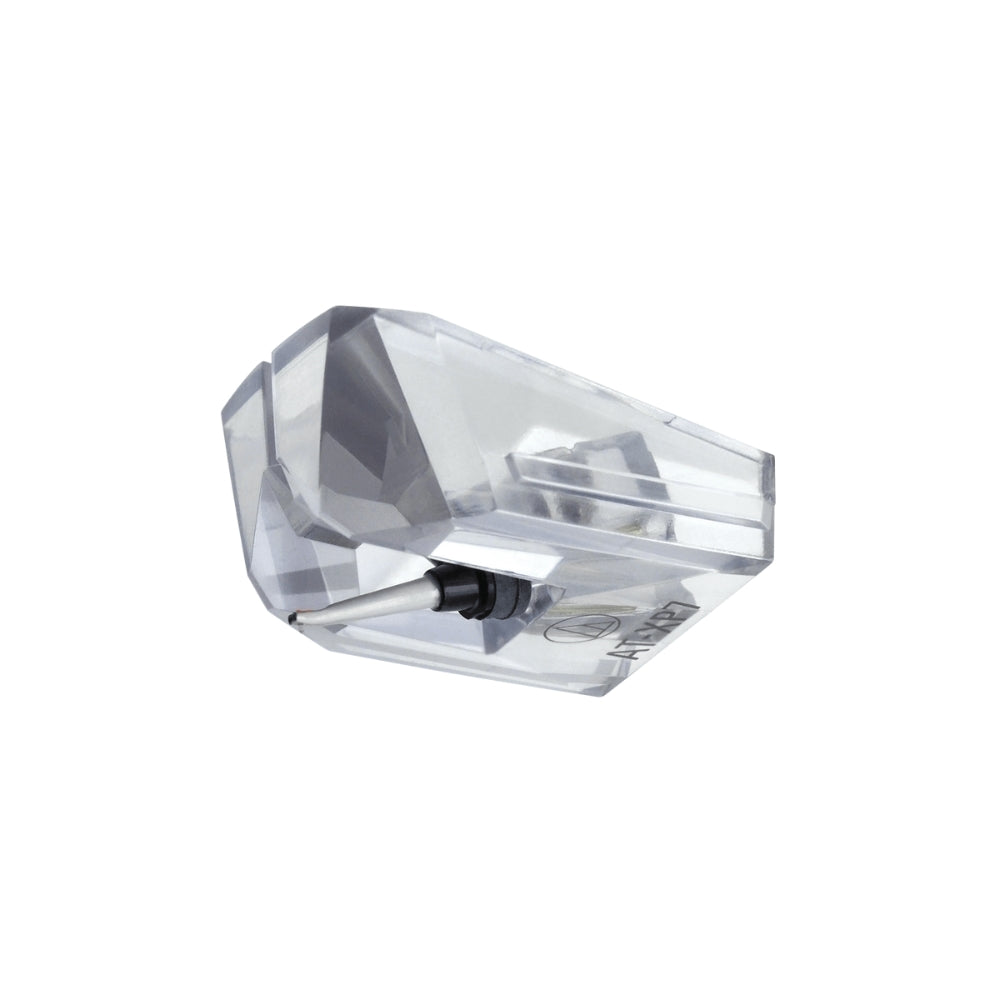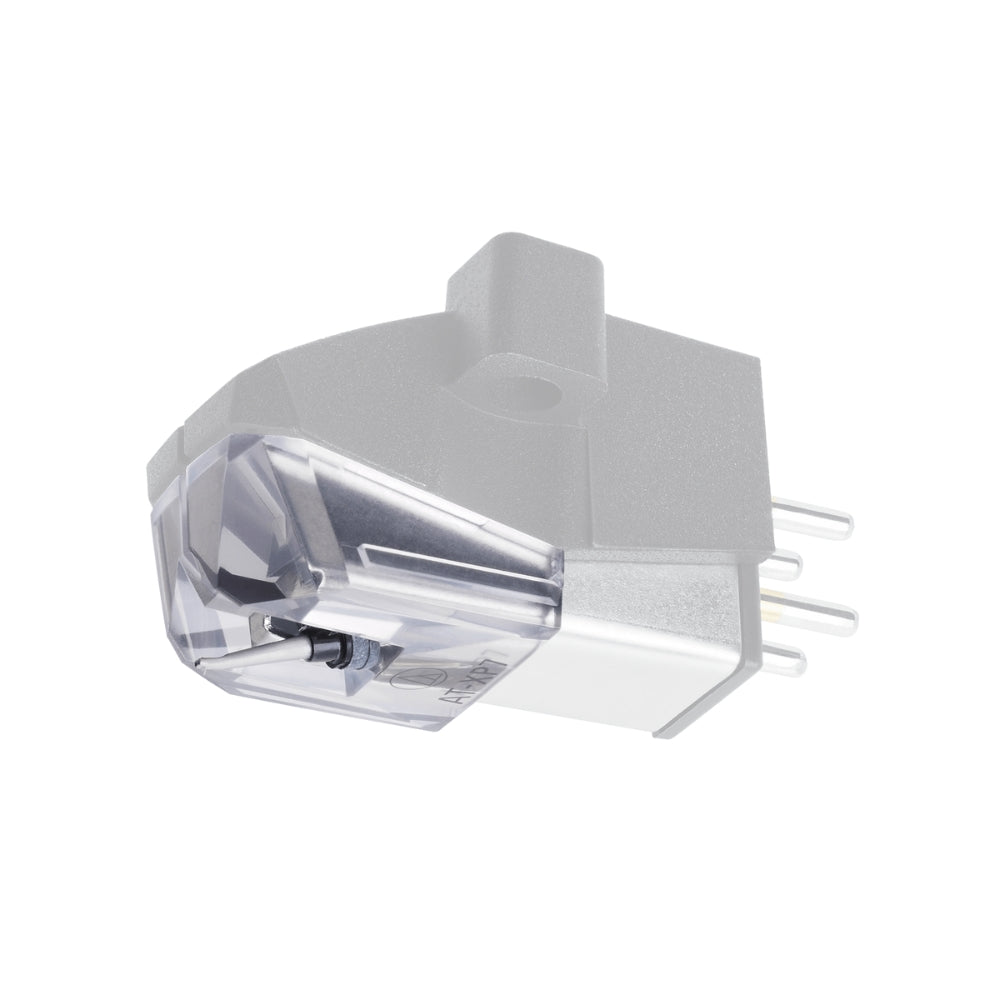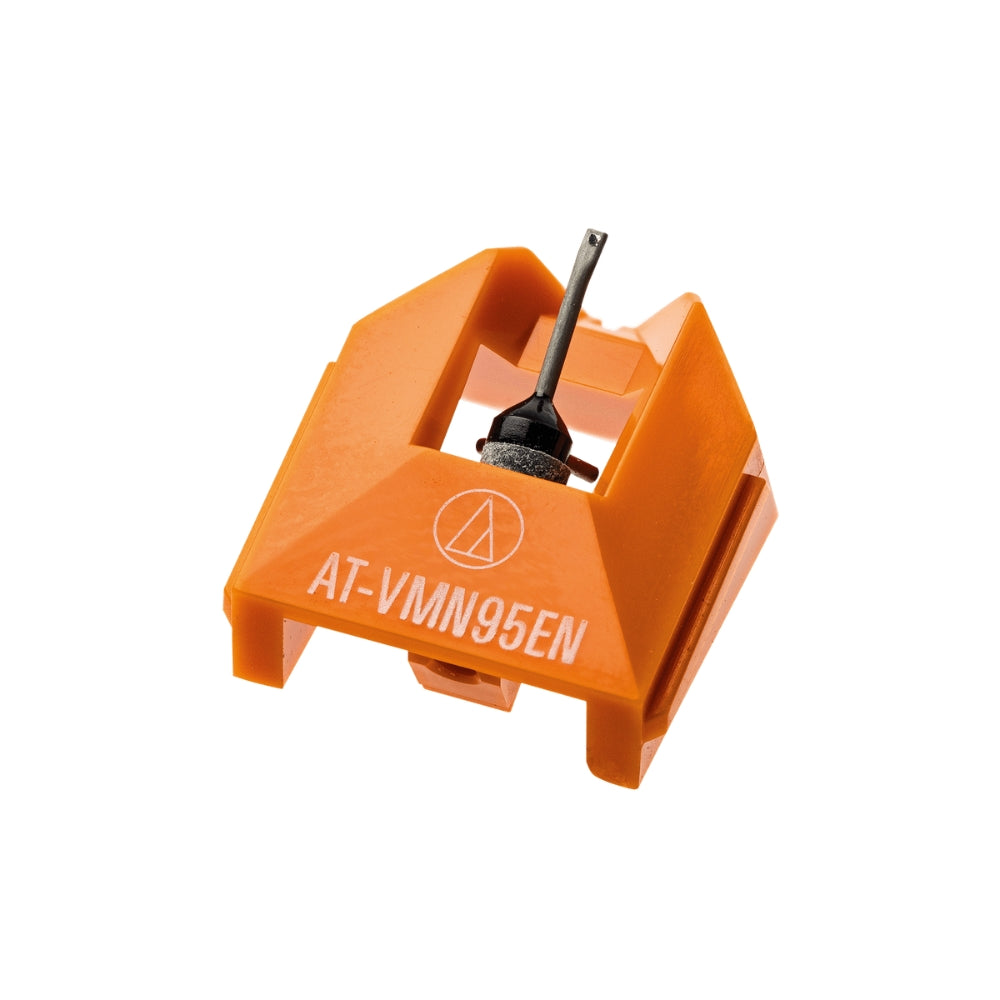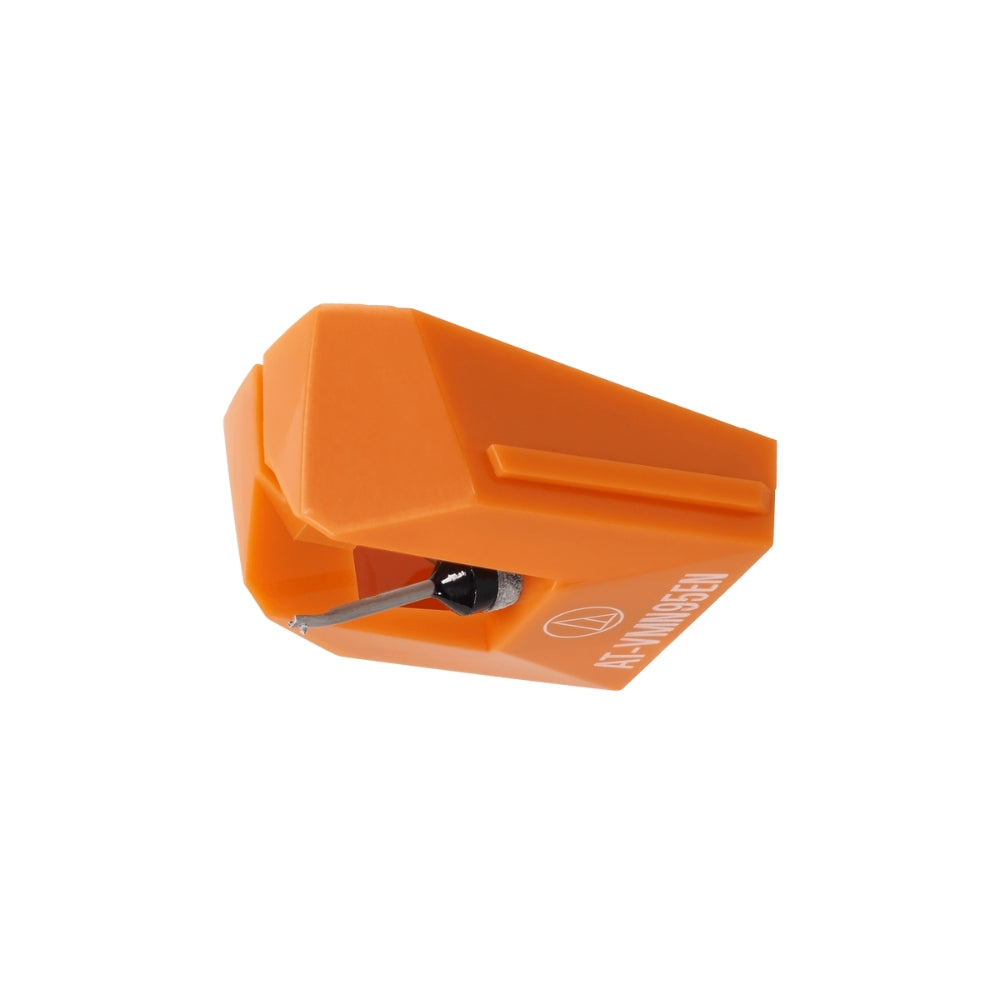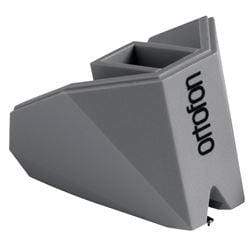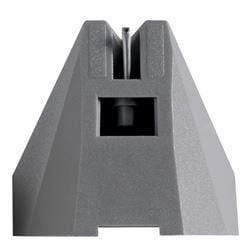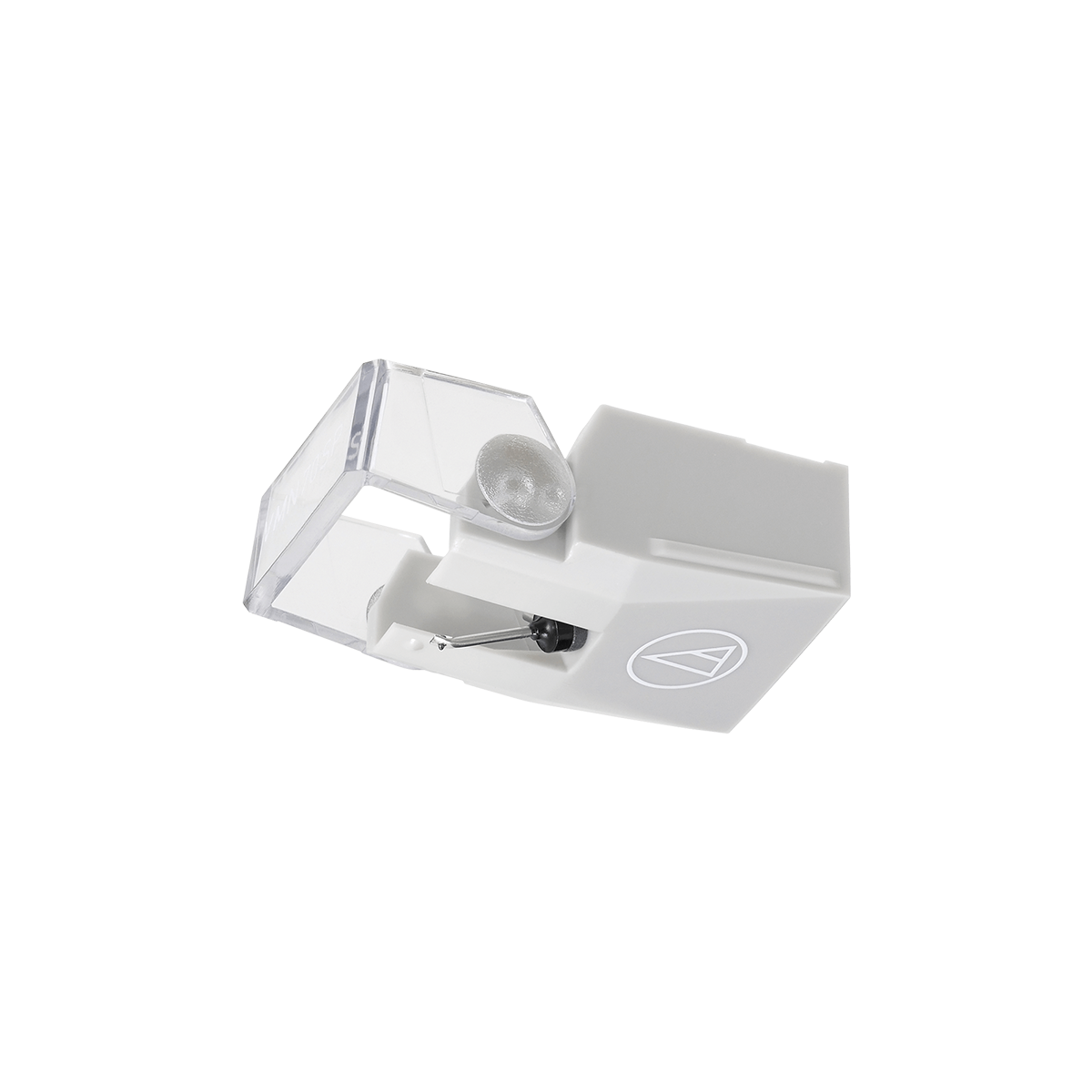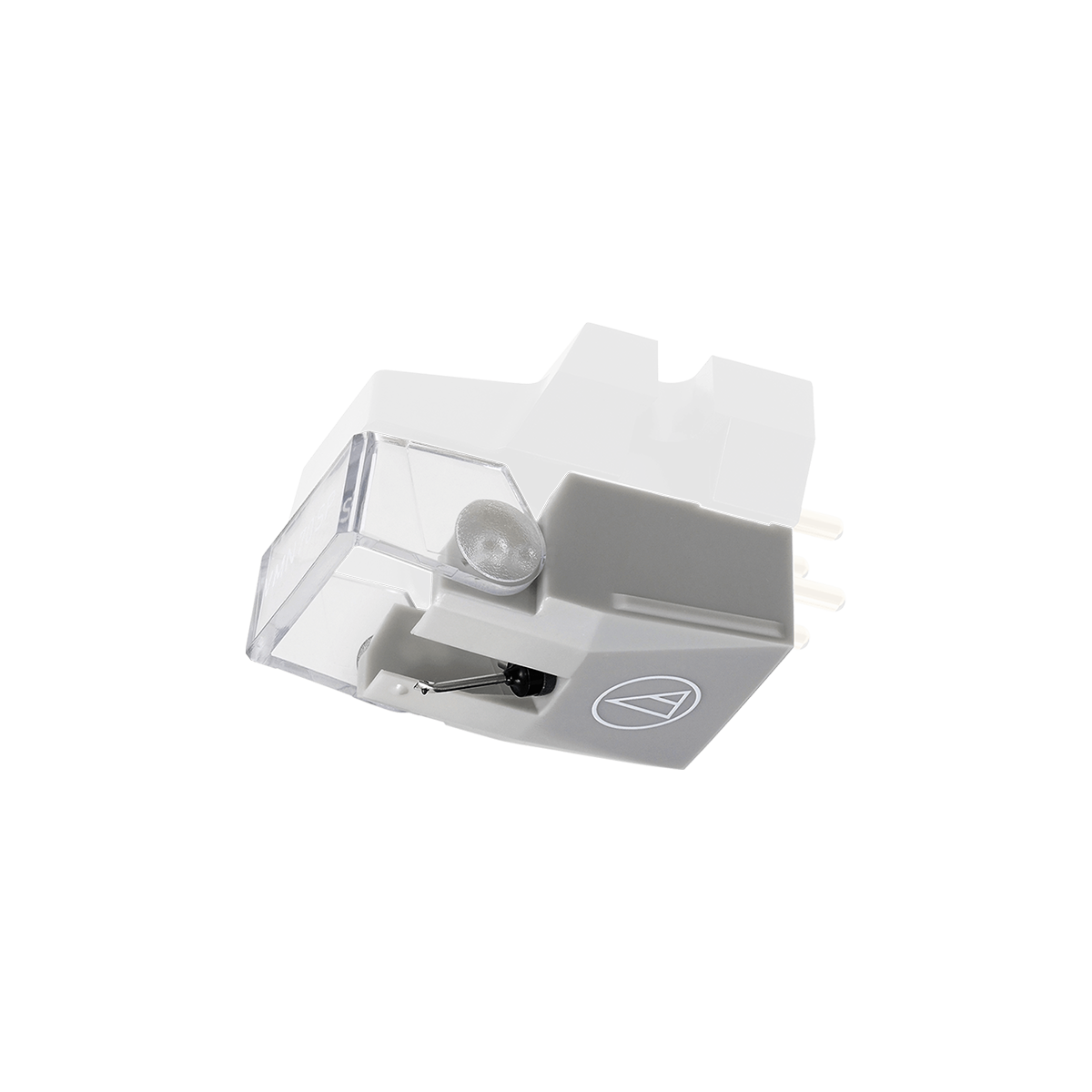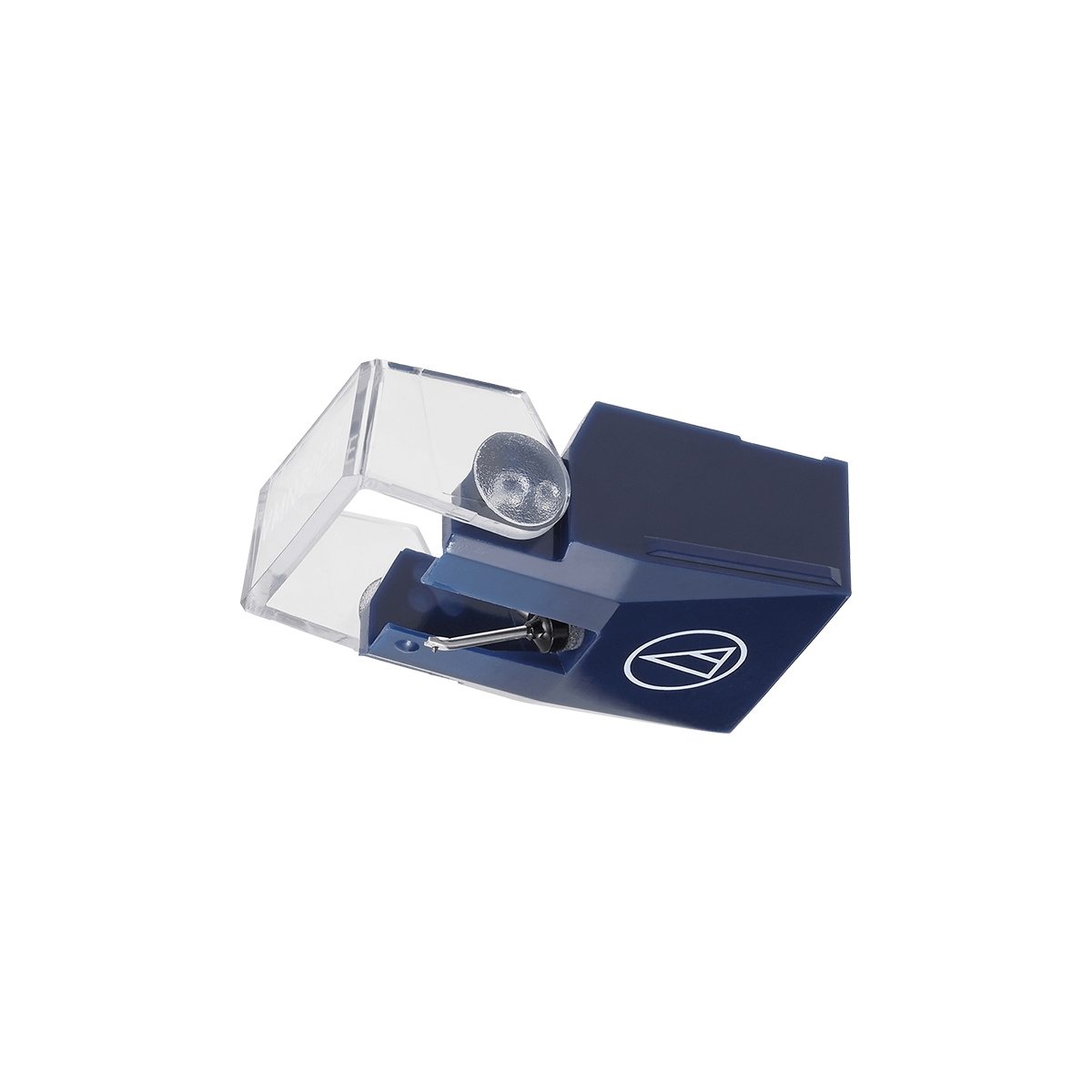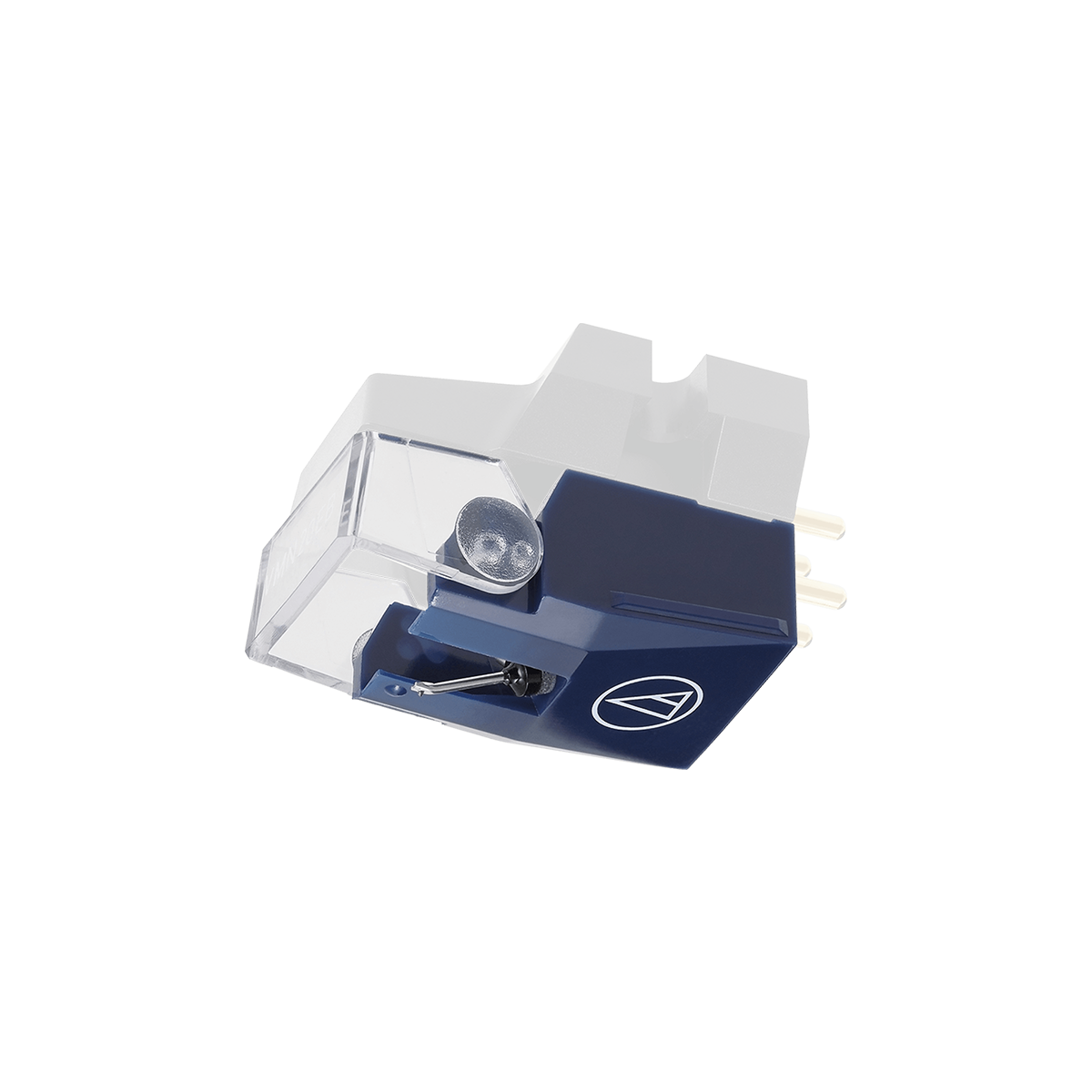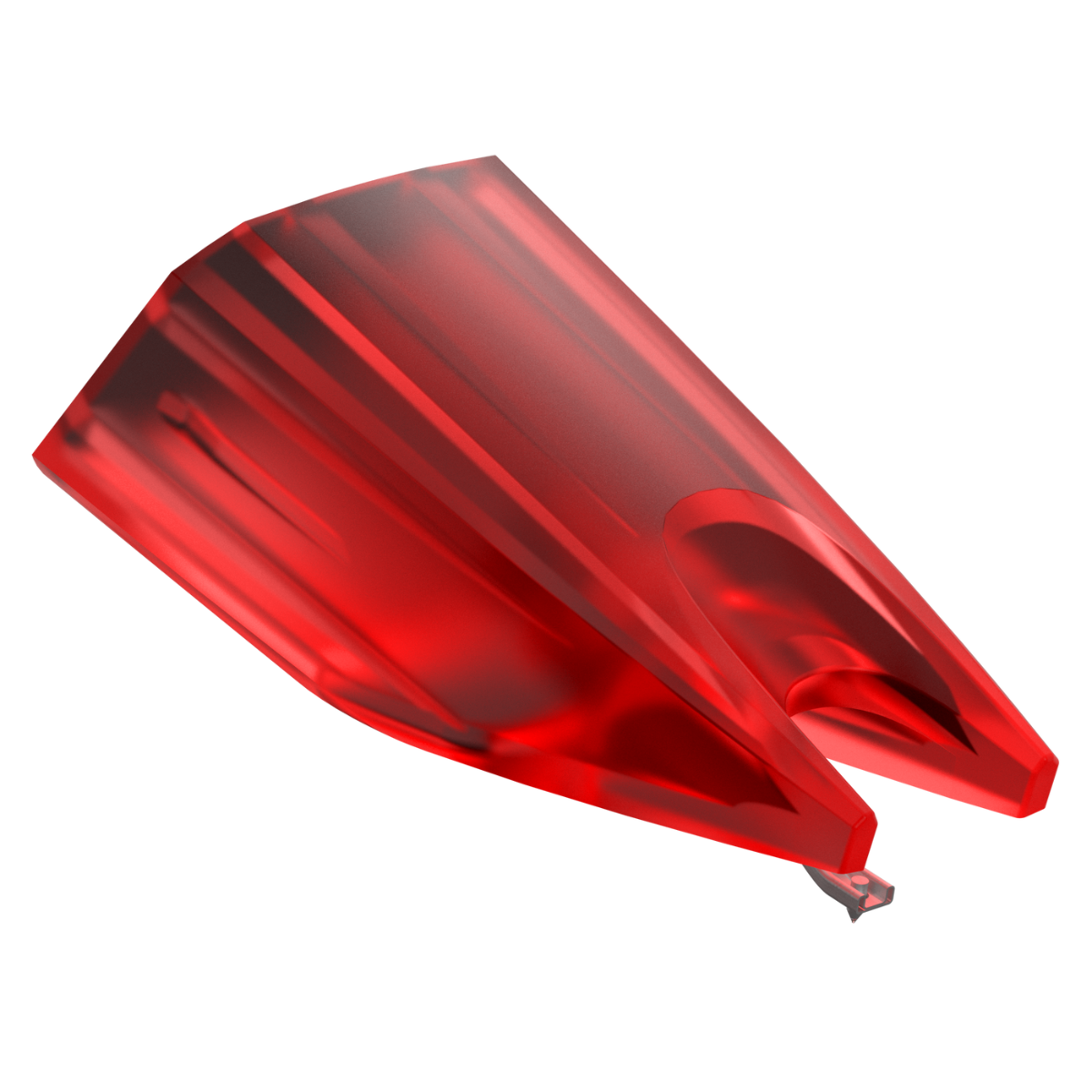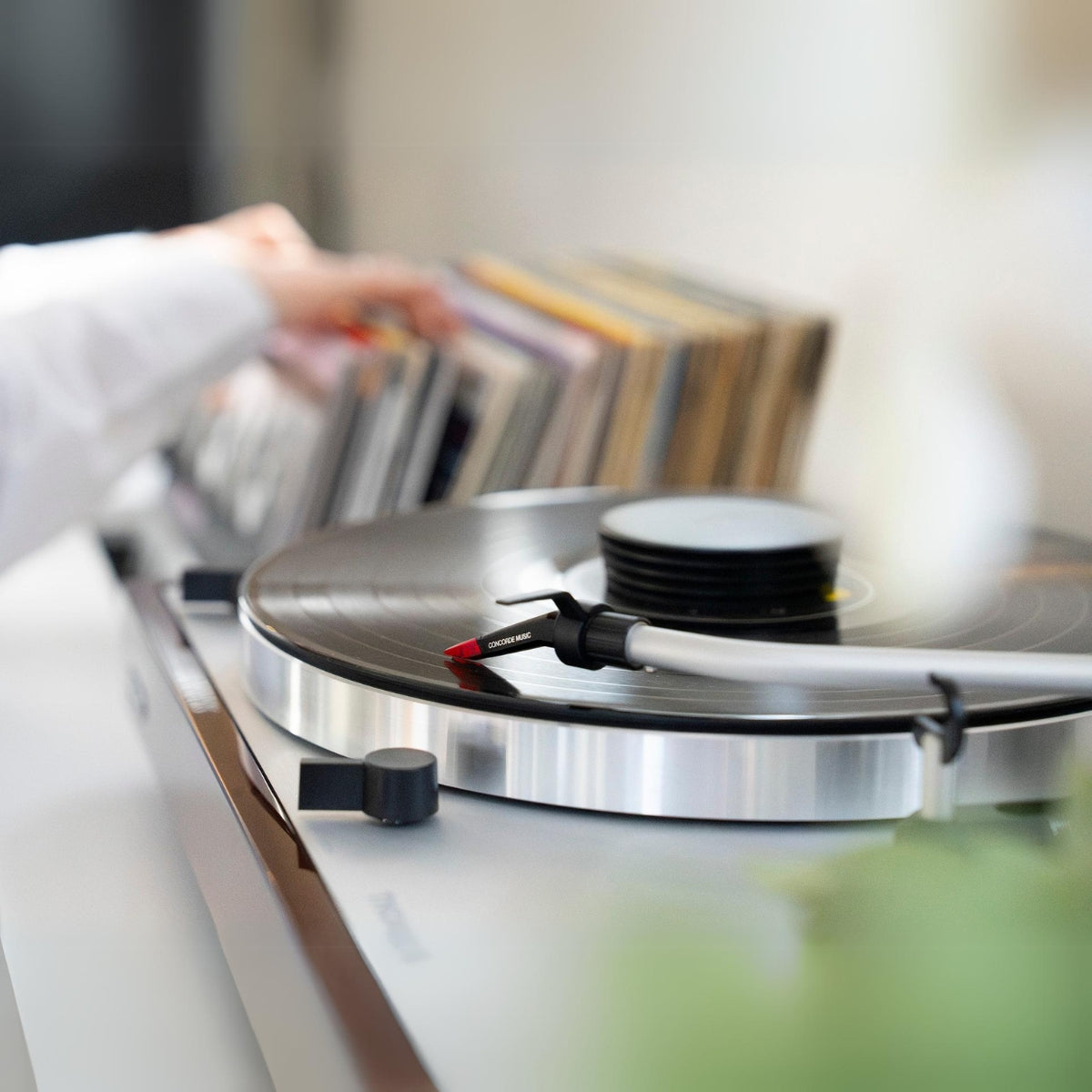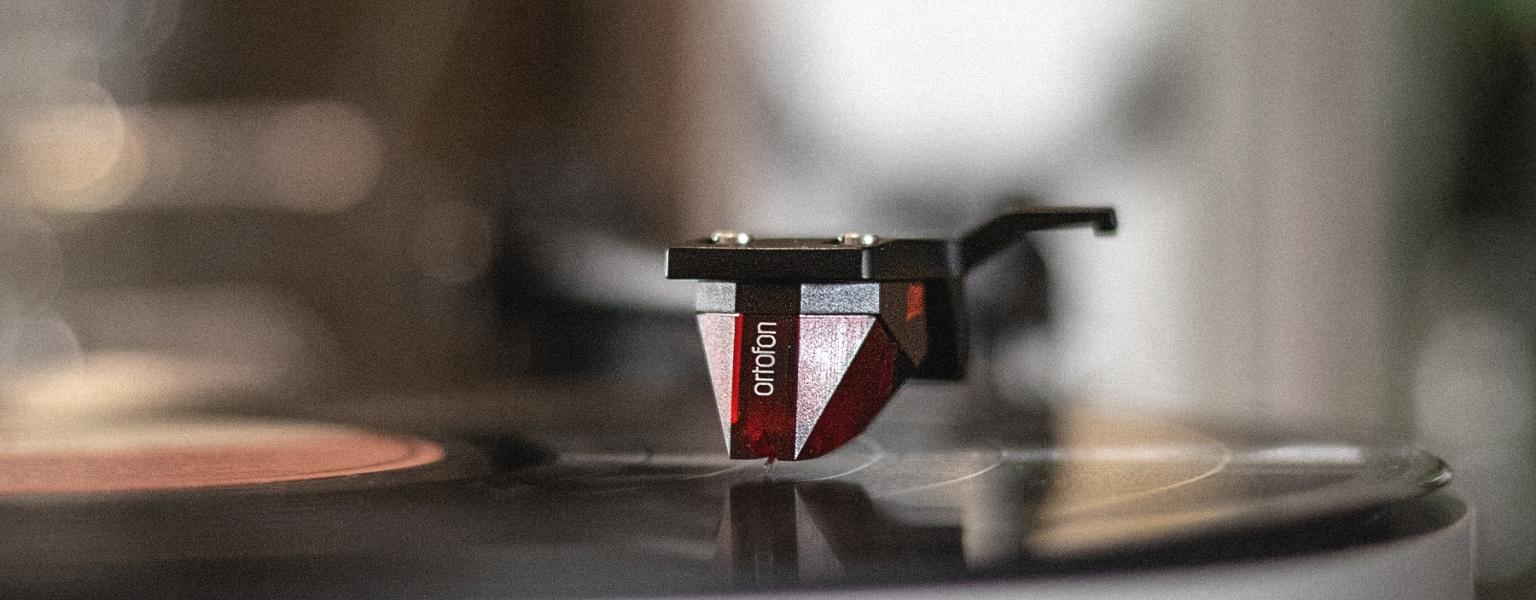
Replacement Turntable Styli & Record Needles
Nat's pick
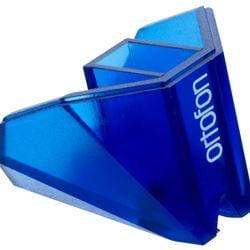
$242.00
Filters
38 products
TELL ME MORE ABOUT
Replacement Turntable Styli & Record Needles
Replacement turntable styli and needles are essential components for maintaining and enhancing the performance of your vinyl playback system. Over time, the stylus, or needle, which contacts the grooves of... Read More
Replacement turntable styli and needles are essential components for maintaining and enhancing the performance of your vinyl playback system. Over time, the stylus, or needle, which contacts the grooves of your records, wears out and needs replacement to ensure optimal sound quality and protect your vinyl collection from damage. Whether you're an audiophile with a high-end turntable or a casual listener enjoying a vintage setup, choosing the right replacement stylus or needle is crucial for preserving the integrity of your records and achieving the best audio experience.
What Are Replacement Styli and Needles?
Replacement styli and needles are essential components for turntables, responsible for reading the grooves on vinyl records and converting them into audio signals. The stylus, often referred to as the needle, is the small, pointed part of the cartridge that makes direct contact with the record. Over time, the stylus wears out due to friction and needs to be replaced to maintain optimal sound quality and protect the records from damage.
Replacement styli come in various shapes and materials, each offering different levels of performance and durability. Common shapes include conical, elliptical, and advanced profiles like MicroLine and Shibata. Conical styli are the most basic and durable, suitable for general listening, while elliptical and advanced profiles provide better tracking and more precise sound reproduction, making them ideal for audiophiles seeking high-fidelity audio.
Materials used for styli range from diamond, known for its longevity and excellent sound quality, to sapphire and other synthetic materials, which offer different balances of cost and performance. When selecting a replacement stylus, it is crucial to match it with the specific cartridge and turntable model to ensure compatibility and optimal performance.
Regularly replacing the stylus is vital for preserving the quality of your vinyl records and achieving the best possible audio experience. A worn-out stylus can cause distortion and excessive wear on records, so timely replacement is essential.
How to Choose the Best Replacement Stylus for Your Needs
Selecting the right replacement stylus for your turntable involves several key considerations to ensure optimal performance and sound quality. Here are some important factors to guide your decision:
1. Compatibility: Ensure the replacement stylus is compatible with your cartridge and turntable. Check the manufacturer’s specifications and model number to find a matching stylus that fits your existing setup.
2. Stylus Shape: The shape of the stylus affects sound quality and record wear. Conical styli are durable and suitable for general listening, providing good performance at an affordable price. Elliptical styli offer better tracking and more detailed sound reproduction, while advanced shapes like MicroLine, Shibata, and Fine Line provide superior precision and minimal record wear, making them ideal for audiophiles.
3. Material: The material of the stylus tip influences durability and audio performance. Diamond is the most common material used for high-quality styli due to its longevity and excellent sound reproduction. Other materials, such as sapphire, can be found in budget options but may not offer the same level of performance and durability.
4. Tracking Force: Ensure the recommended tracking force of the replacement stylus matches your turntable’s tonearm settings. Proper tracking force is essential for optimal performance and to prevent excessive wear on your records.
5. Budget: Set a budget and explore options within that range. While high-end styli offer superior sound quality and longevity, there are excellent options available at various price points that provide great value.
What Are the Key Considerations Between Different Types of Replacement Styli and Needles?
When choosing between different types of replacement styli and needles, consider the stylus shape, such as conical, elliptical, or advanced profiles like MicroLine, as it impacts sound quality and record wear. The material, typically diamond or sapphire, affects durability and performance. Compatibility with your cartridge and turntable is crucial, ensuring proper fit and function. Additionally, check the recommended tracking force to match your tonearm settings for optimal playback. Budget and user reviews can also guide your decision, helping you find a stylus that offers the best balance of quality and value for your needs.
Some Quick FAQ
How often should I replace my turntable stylus?
Typically, a stylus should be replaced after 500 to 1000 hours of playback, depending on usage and maintenance. Regular cleaning and proper handling can extend its lifespan.
Can I upgrade to a better stylus shape?
Yes, upgrading to a stylus with a better shape, such as from conical to elliptical or MicroLine, can improve sound quality and reduce record wear. Ensure the new stylus is compatible with your cartridge.
How do I know if my stylus needs replacing?
Signs that your stylus needs replacing include distorted sound, increased surface noise, and visible wear or damage. Regular inspection and listening for changes in audio quality can help determine when a replacement is needed.
Are all replacement styli universal?
No, replacement styli are not universal. They must be compatible with your specific cartridge and turntable model. Always check the manufacturer’s specifications for compatibility.
How do I properly align a new stylus?
Proper alignment involves setting the correct overhang, vertical tracking angle, and azimuth. Using an alignment protractor can help ensure precise placement, which is crucial for optimal sound quality and minimizing record wear.
Final Thoughts
Choosing the right replacement stylus is crucial for maintaining the sound quality and longevity of your vinyl records. By considering factors such as compatibility, stylus shape, material, tracking force, and budget, you can find the perfect stylus to enhance your listening experience. Regular maintenance and timely replacement are essential to prevent record wear and ensure optimal performance. Whether you're upgrading to a higher-quality stylus or simply replacing a worn-out needle, our collection offers a range of options to meet your needs.
NEED MORE GUIDANCE?
We are here to help
Check out some of our most commonly asked questions.
What do I need to play records?
Getting into vinyl? That’s awesome! We have some curated turntable Hi-Fi packs, with everything you'll need to get spinning right away. But if you want to build your own, read on for all the details.
First off, you'll need a turntable. It's the star of the show, so make sure it’s in good nick, with a decent cartridge and stylus (needle).
Next, there’s the phono preamp. Some turntables or amplifiers come with one built-in, but if yours doesn’t, you’ll need one as a bridge between your turntable and amplifier or powered speakers.
For the sound output, you’ve got two options. You can go with a traditional setup involving an integrated amplifier to take the signal from your phono preamp and power your passive speakers. Alternatively, you can opt for powered speakers, which have the amplifier built in – a handy all-in-one solution.
Speaking of speakers, good ones are a must for that rich, warm vinyl sound we all love. Whether you go for bookshelf or floorstanding speakers (or powered ones) depends on your space and budget.
And there you go! With these essentials, you’ll be ready to dive into your vinyl collection and enjoy that classic sound.
What can a wireless speaker do?
Wireless speakers are a game-changer for how you enjoy music and audio around the house. First off, they let you stream music wirelessly from your phone, tablet, or computer, so no more messing about with cables. You can easily play tunes from Spotify, Apple Music, Tidal or whatever streaming service you fancy.
If you’re into having music everywhere, many wireless speakers offer multi-room audio. You can sync them up to play the same music in every room or control what plays in each room individually, perfect for parties or just keeping the vibes consistent throughout your home.
Voice control is another brilliant feature. Many come with built-in assistants like Alexa, Google Assistant, or Siri. You can control your music with just your voice, ask for the weather, set reminders, or even control other smart home devices.
Sound quality? These little gadgets often pack a punch, delivering high-quality audio that can rival traditional wired setups. Some even offer 360-degree sound, filling the room with music from every angle.
In a nutshell, wireless speakers bring flexibility, convenience, and top-notch sound to your audio experience, making them a fantastic addition to any home. Whether you’re hosting a party, working from home, or just chilling out, they make listening to music a breeze.
How do you choose the right speaker & amplifier combination?
Deciding on a good speaker and amplifier combination is like putting together a perfect wine and cheese pairing—it’s all about balance and harmony. Here’s a conversational guide to help you through it:
First, consider your speakers. These are your main players, so you want to choose ones that fit your space and listening preferences. If you love deep bass and have a bit of room, floorstanding speakers might be your go-to. For smaller spaces or a more subtle look, bookshelf speakers are fantastic.
Now, onto the amplifier. This is where things get interesting. Your amp needs to match your speakers in terms of power and impedance. Check the wattage ratings on your speakers—your amplifier should provide enough power to drive them properly. Too little power and you’ll be missing out on sound quality; too much, and you risk damaging your speakers.
Next, think about the impedance (measured in ohms). Your amp and speakers should be compatible here too. Most speakers are rated at 8 ohms, but some can be 4 or 6. Make sure your amplifier can handle the impedance of your speakers to avoid any performance issues.
Another important factor is the type of sound you’re after. Some amps are known for their warm, rich tones, while others might be more neutral or even slightly bright. It’s a bit like choosing between a vinyl record and a digital stream or CD —each has its own charm. If possible, listen to different amp and speaker combinations to see what sounds best to your ears.
If purchasing online, note that at LE, we have made recommendations on speaker & amplifier combinations that we think sound wonderful together within each product listing.
Don’t forget about connectivity and features. Modern amplifiers often come with a host of options like Bluetooth, Wi-Fi streaming, and various inputs for all your devices. Make sure your amp has the inputs you need for your turntable, CD player, or streaming device.
Finally, consider your budget. Great sound doesn’t always mean breaking the bank, but be prepared to invest to get a quality setup that will last.
In the end, trust your ears. Listen to a few combinations if you can, and go with what makes your music sound the best to you.
Why do I need a headphone amplifier?
If you’re diving into the world of high-quality audio, a headphone amplifier can be a real game-changer. Think of it like this: most standard devices, like your smartphone or laptop, just don’t have the oomph needed to drive headphones properly. They might get the job done, but they won’t do your music justice. A headphone amp gives your headphones the power they need, ensuring you get the volume and clarity that really makes your music shine.
It’s not just about making things louder, either. A good headphone amp can significantly improve sound quality. You’ll get clearer highs, richer mids, and tighter bass, making your favourite tracks sound even better. You might notice details you’ve never heard before, especially if you’re listening to high-resolution audio files.
Premium headphones often have higher impedance, meaning they require more power than your typical audio source can provide. A headphone amp can handle this with ease, making sure your headphones perform at their absolute best. Plus, many amps come with extra features like bass boost, equalisation, and gain control, giving you more ways to tweak the sound to your liking.
In short, if you’re passionate about your music and want to hear it in the best possible way, a headphone amplifier is definitely worth considering. It’s all about unlocking the full potential of your gear and really getting the most out of your listening experience.
Where should I start when designing a home cinema?
Designing your own home cinema? That's awesome! We are here to help walk you through the process, but as a starting point, here’s what we would recommend and where to kick things off:
First up, pick your spot. For most people this is your existing lounge room, but if you have an underused garage, or spare bedroom, then you have an opportunity to create your very own true Home Cinema experience. Find a room that’s just right—not too cramped and ideally away from noisy areas. This sets the stage for that immersive movie experience.
Next, think about how you’ll set things up. Plan where your seats will go and where to place your projector screen for the best view from every angle. It’s all about creating that comfy, cinematic vibe.
Sound matters, too. Consider if you want a wireless system for simplicity or a full surround sound speaker system with AV receiver for that surround-sound thrill. Think about soundproofing or adding acoustic panels or thick carpets to really amp up the audio quality of the room.
Now, onto the screen. Decide between a crisp TV or a projector setup, depending on your room size and personal style. Maybe even throw in some dimmable lights or smart lighting to set the mood just right.
And hey, don’t forget comfort. Invest in plush cinema seating and think about the décor—whether it’s movie posters, blackout curtains, or popcorn machine & bar area, whatever gives you that true cinema feel.
Lastly, tech it up! Make sure everything—from your Blu-Ray player & Apple TV to your gaming consoles—is set to sync perfectly with your new setup.
With these steps, you’re on your way to creating a home cinema that’s not just a space, but an experience. Enjoy movie nights like never before!

